The Japan Foundation, New Delhi, presented a Japanese traditional dance group, Goyokai, and its collaboration with Indian classical musicians and Indian classical dancers.
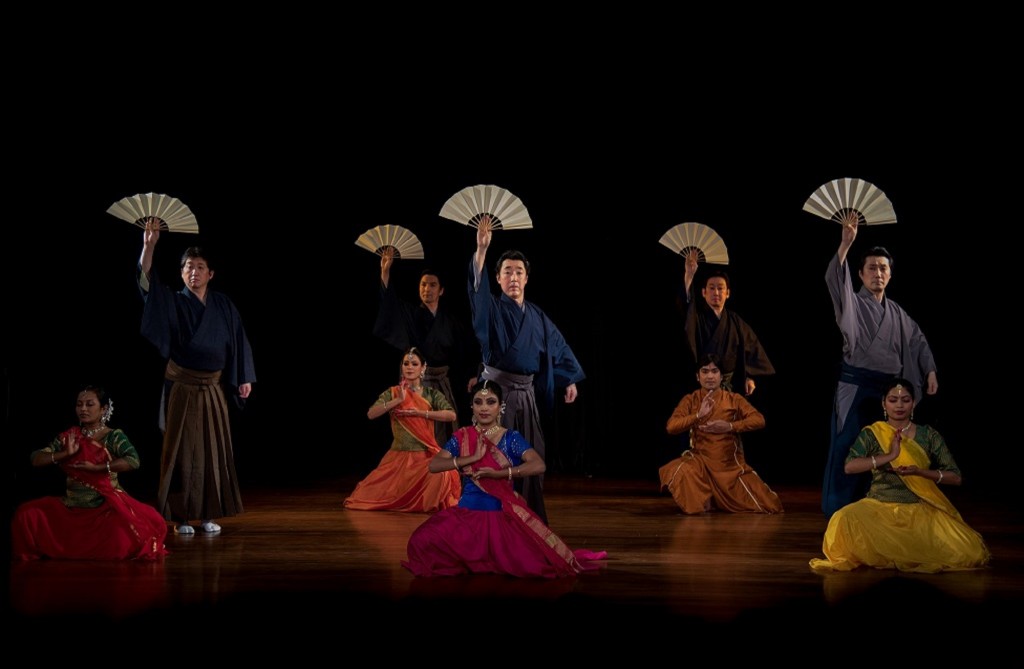
(Photo credit: One Frame Story)
Goyokai is a group of celebrated Japanese traditional dancers. The group consists of Minosuke Nishikawa, Juraku Hanayagi, Motoi Hanayagi, Rankoh Fujima, and Tomogoro Yamamura. Each member of Goyokai is from different schools and family lineages of the Japanese traditional dance, nihon buyou, and is to lead the future of the Japanese traditional dance. Representing the quintessence of classical Japanese dance, their performances vary, from the pieces derived from kabuki, their original works and the elegant zashiki mai, the dance once intended to be performed only in tatami rooms.
Goyokai stayed in Delhi for a week to present their authentic pieces of nihon buyou and to create collaboration works with the renowned Indian classical musicians, Fateh Ali Khan (sitar) and Amaan Ali Khan (tabla), and a young dance group of Indian classical dance, kathak, led by Sangita Chatterjee.
Collaboration
Period of time: 5th to 9th December, 2016
Venue: The Japan Foundation, New Delhi
Goyokai spent the initial two days for creating collaboration works with the sitar player, Fateh Ali Khan and tabla player, Amaan Ali Khan. They started with brief introductions of nihon buyou, sitar and tabla to each other, and then moved to compose ‘Sambaso’ and ‘Hagoromo’. ‘Sambaso’ is usually a rhythmical dance piece for a prayer for the productiveness of grain, and ‘Hagoromo’ is a dramatic dance piece based on the folktale of the same name, a story of a fisherman and a heavenly maiden.
The collaboration works were being shaped as the dancers shared the story, background and their images of the dance pieces with the musicians, then the musicians improvised the music, describing the images of the dance pieces. Since Indian classical music is played on improvisation, they set a certain cues to change the tone, otherwise the musicians improvised the music according to the dancers’ movements and expressions. Similarly, the choreographies were designed according to the mood of the improvised music – the process of compositions was a magical harmony of mutual chemistry between the dancers and musicians with the visible respects to each other.
Only within a couple of hours from their very first meeting, the dancers and the musicians finished setting their pieces and polished them in the next day.
From the third day to the day before the performance, Goyokai worked with young kathak dance group led by Sangita Chatterjee. After the introduction, demonstration and tasting some basic movements of kathak dance, they found some common concepts in each dance form. An example is the fact that nature can be described in both dance forms, and based on which collaborative work started. Natural phenomena such as sunrise, flowers, rainfall in each dance style and jugalbandi, a rhythmic chase or competition between each dance group were set.
Performance
Date: 10th December, 2016
Time: 7 pm
Venue: Chinmaya Mission (Auditorium)
Entry Free
– Program –
Nihon Buyou
1. Shichifukujin (by Minosuke Nishikawa)
2. Hayafune (by Tomogoro Yamamura)
3. Funazoroe (by Motoi Hanayagi and Rankoh Fujima)
4. Yume no Ato (by Juraku Hanayagi)
5. Kawa (by Goyokai)
Showcase of Collaborated Works
1. Goyokai with kathak dancers led by Sangita Chatterjee
2. Hagoromo (by Juraku Hanayagi and Rankoh Fujima with Fateh Ali Khan on sitar)
3. Sambaso (by Minosuke Nishikawa, Motoi Hanayagi and Tomogoro Yamamura with Amaan Ali Khan on tabla)
The program of the performance was as shown above, and the curtain of the performance lifted by the speech of the ambassador of Japan to India, H.E. Mr. Kenji Hiramatsu, followed by Goyokai’s own dance pieces. The leader of Goyokai, Minosuke also presented a speech on their experience working with the Indian artists. Not only Indians and Japanese living in India, other foreigners came to enjoy the performance. Some of their voices are;
– Spellbound.
– Interesting collaboration of Japanese traditional dance with Indian music and dance.
– It was great that the dancers of both dance forms were in step.
This event had been reported on the facebook page of the international report of a Japanese new paper, the Mainichi Newspapers, and was featured on the newspaper on the 5th January, 2017
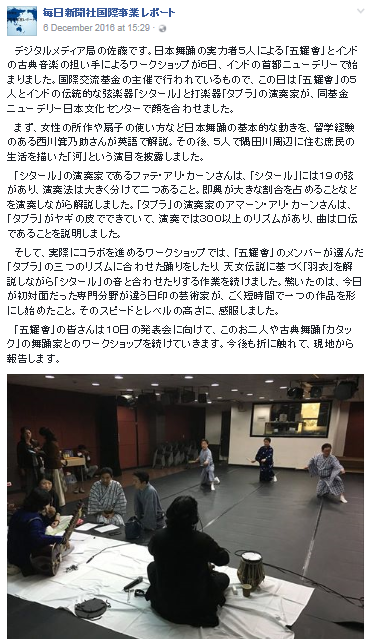
Collaboration 1
https://www.facebook.com/permalink.php?story_fbid=1474683055892901&id=1304438562917352&substory_index=0
Collaboration 2
https://www.facebook.com/1304438562917352/videos/1476036185757588/
Collaboration 3
https://www.facebook.com/1304438562917352/videos/1479477332080140/
Performance
https://www.facebook.com/1304438562917352/videos/1481420995219107/
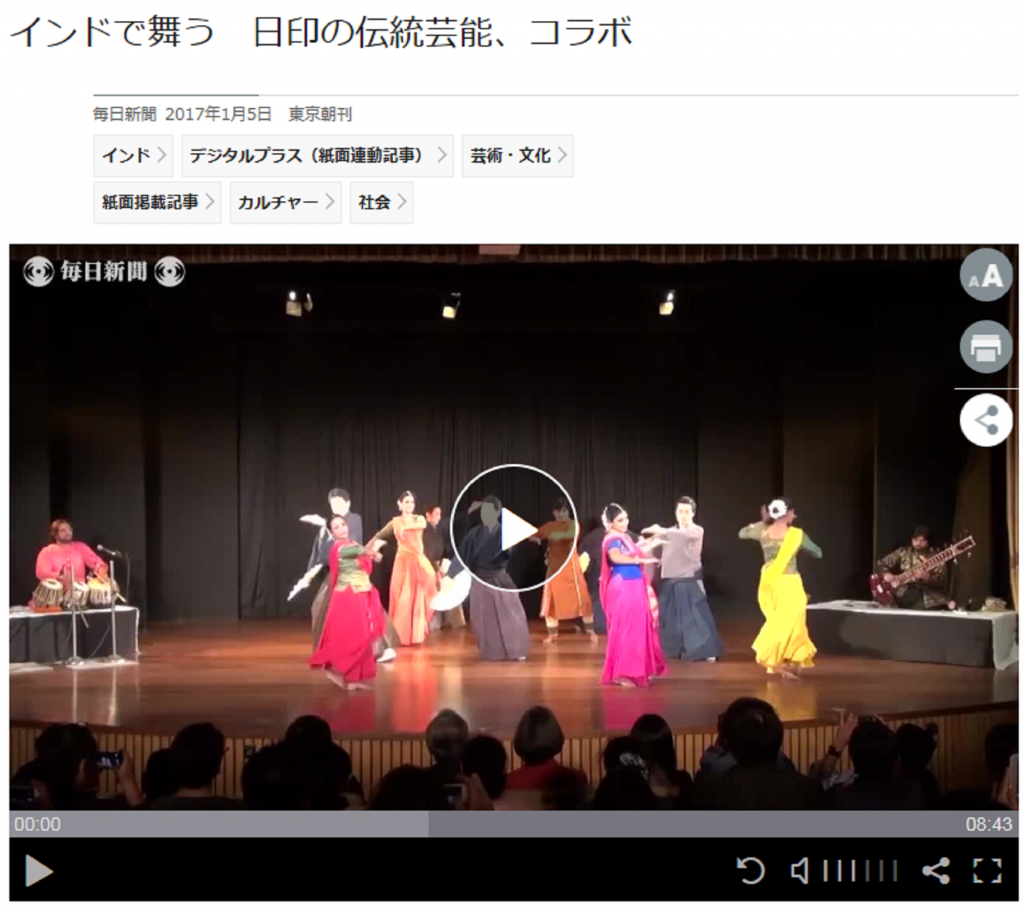
Goyokai Video : http://mainichi.jp/articles/20170105/ddm/012/040/019000c
We believe that this event became one of the preludes of the year of Japan-India friendly exchanges, 2017.
(Credit for all the photos below: One Frame Story)
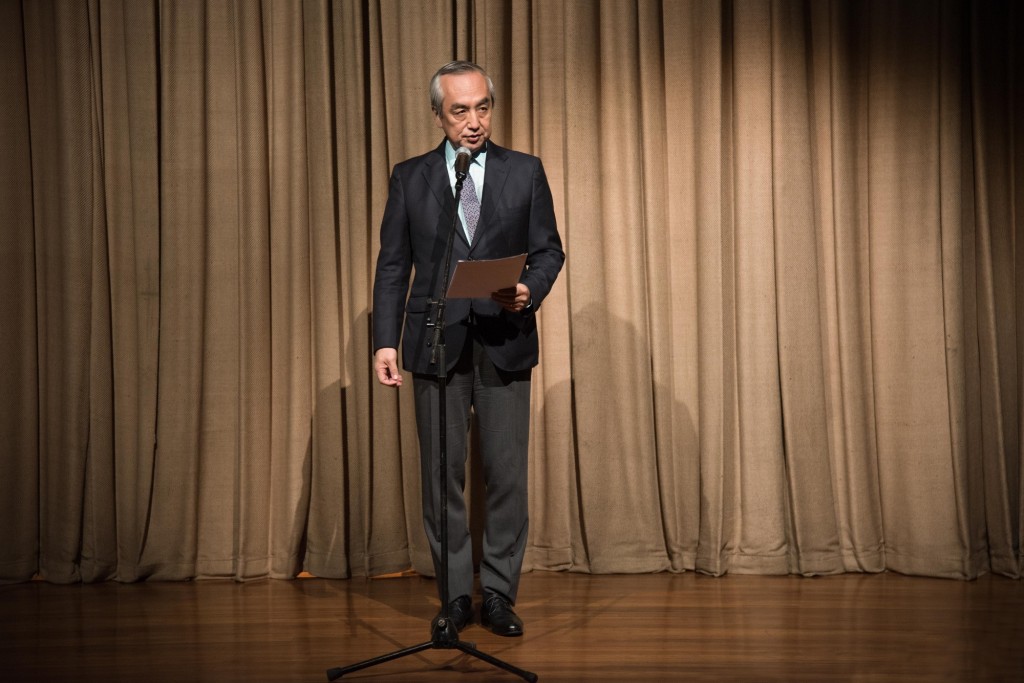
H.E. Mr. Kenji Hiramatsu presenting a speech.
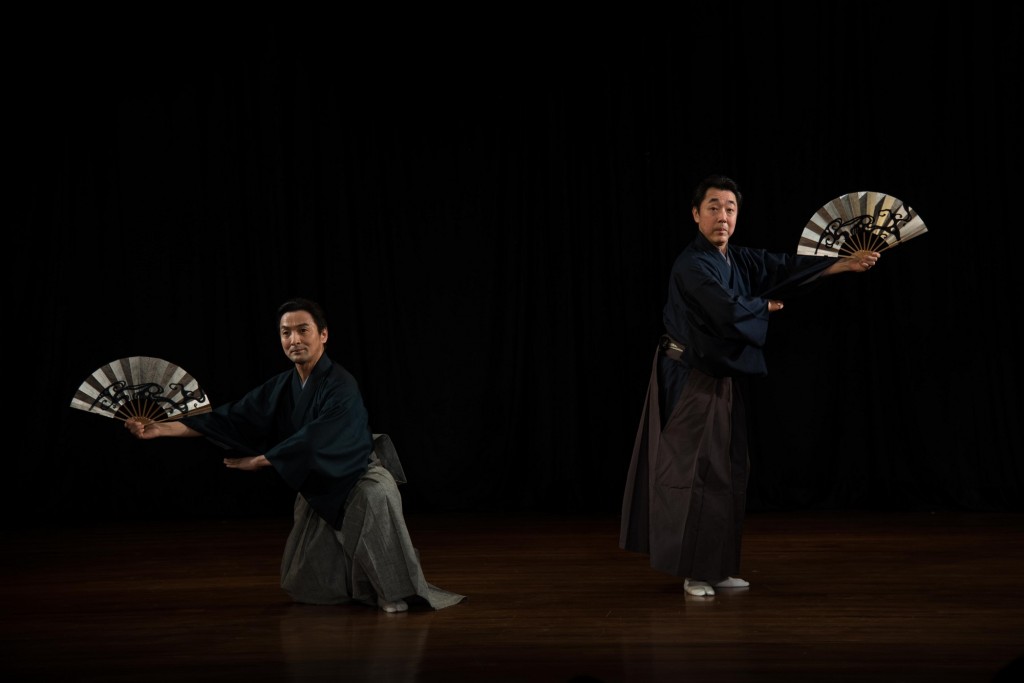
Motoi Hanayagi and Rankoh Fujima in ‘Funazoroe’
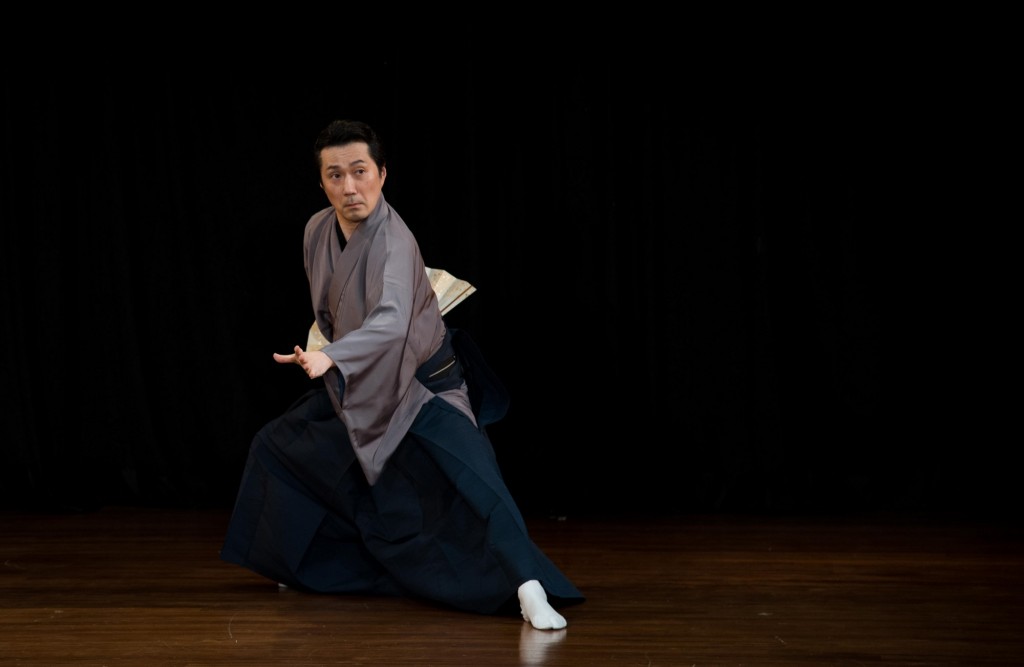
Juraku Hanayagi in ‘Yume no Ato’
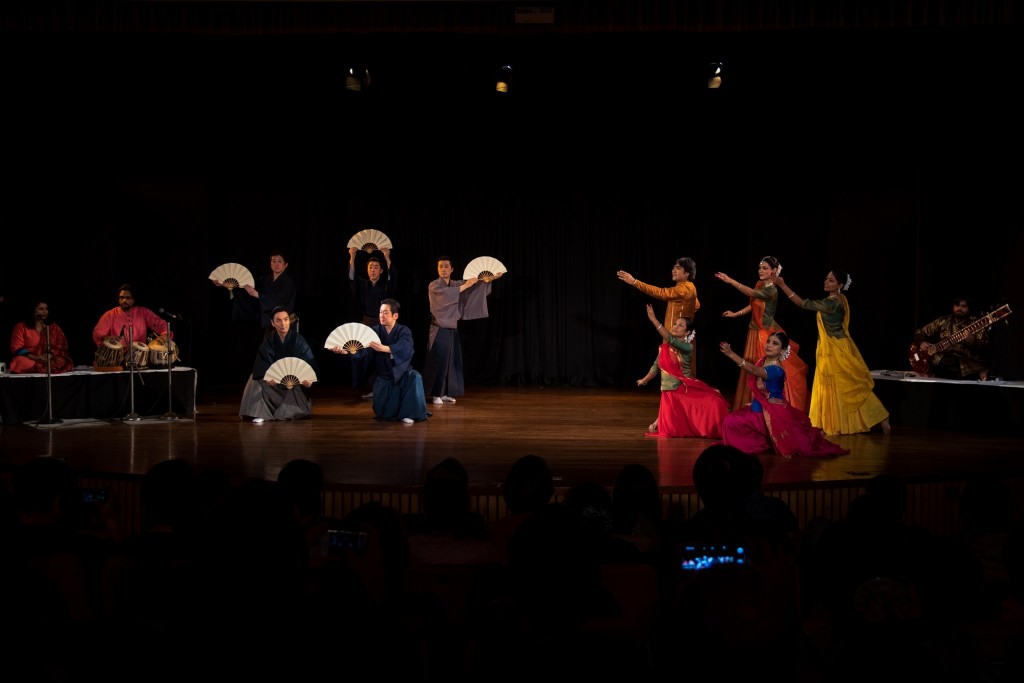
Goyokai with kathak dancers led by Sangita Chatterjee
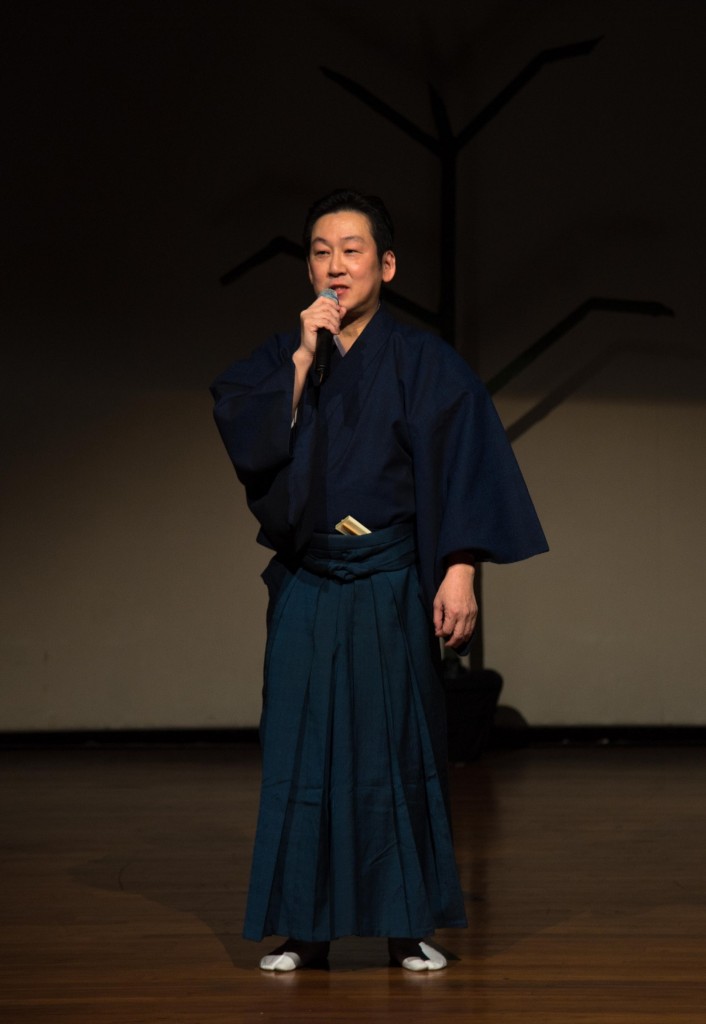
Minosuke offering a speech on their experience of the collaboration works with the Indian artists
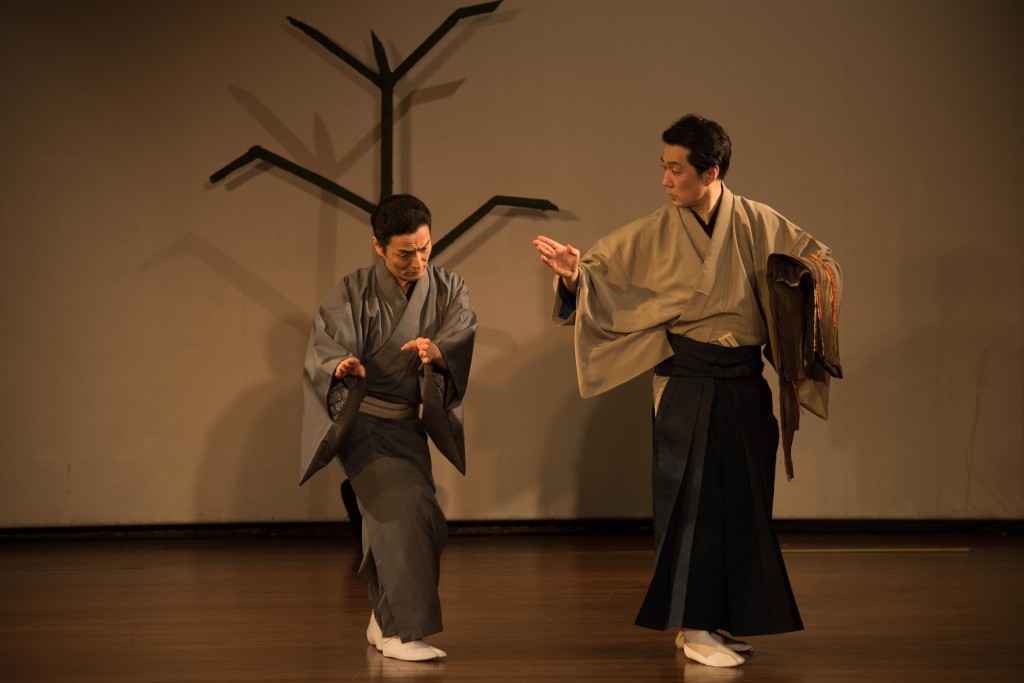
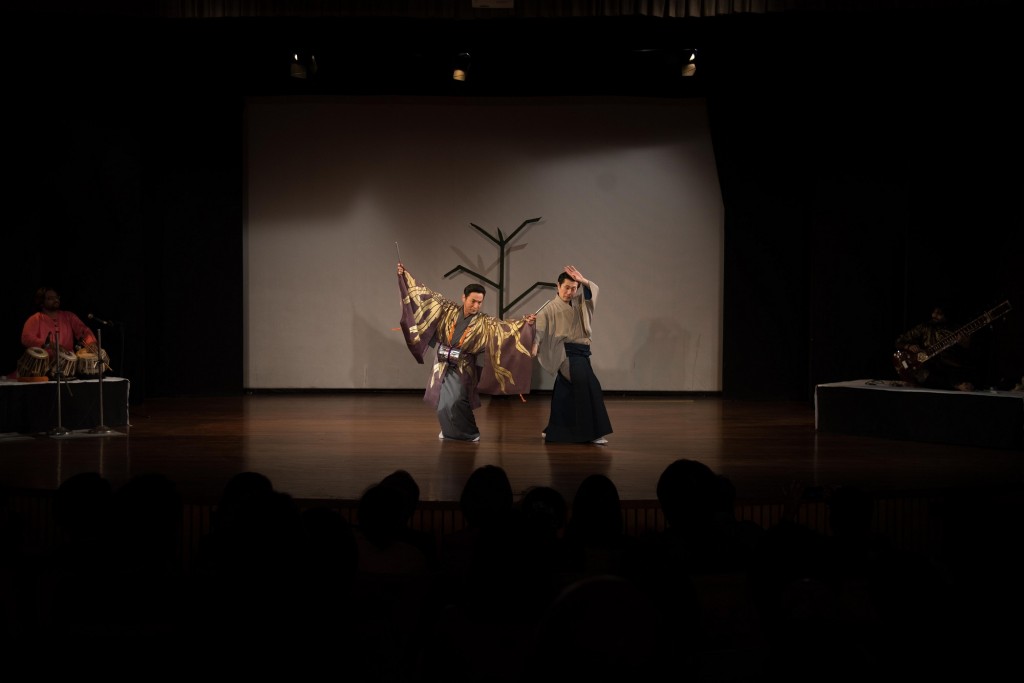
‘Hagoromo’ (Presented by Juraku Hanayagi and Rankoh Fujima with Fateh Ali Khan on sitar)
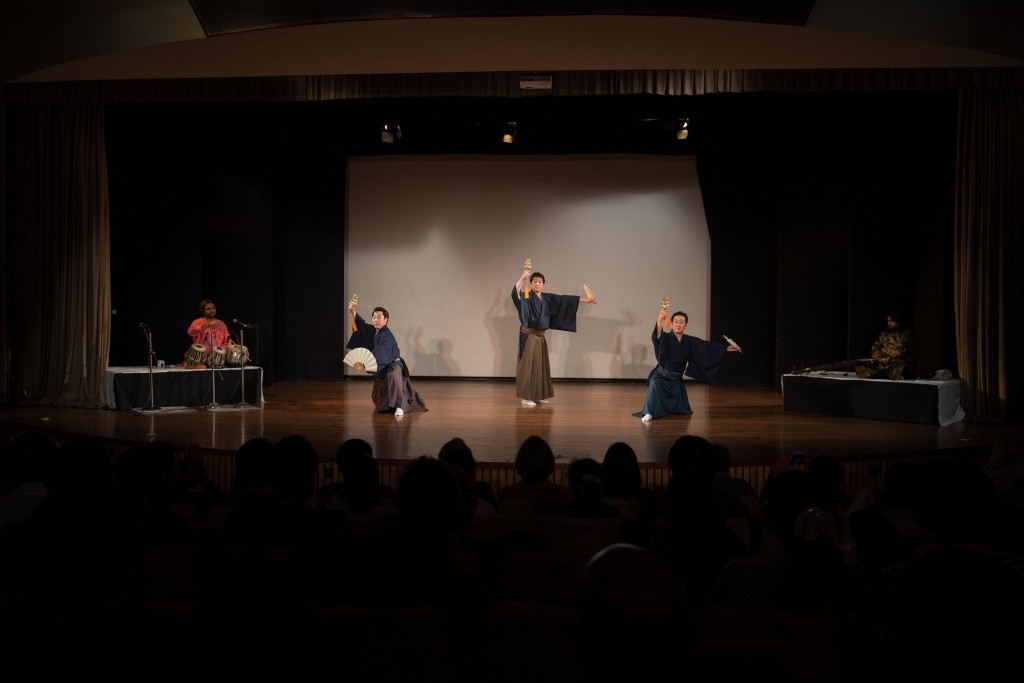
‘Sambaso’ (Presented by Minosuke Nishikawa, Motoi Hanayagi and Tomogoro Yamamura with Amaan Ali Khan on tabla)
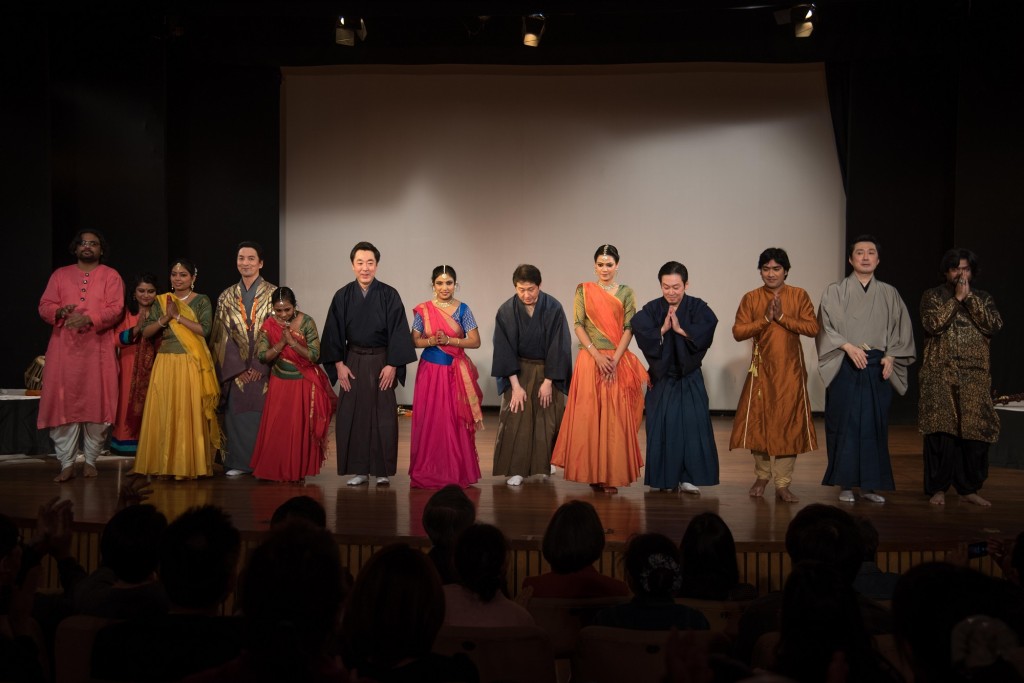
Thank you very much for your coming.
(Credit for all the photos of performance: One Frame Story)
Contact:
Person in charge Misako Futsuki @The Japan Foundation, New Delhi
 Twitter
Twitter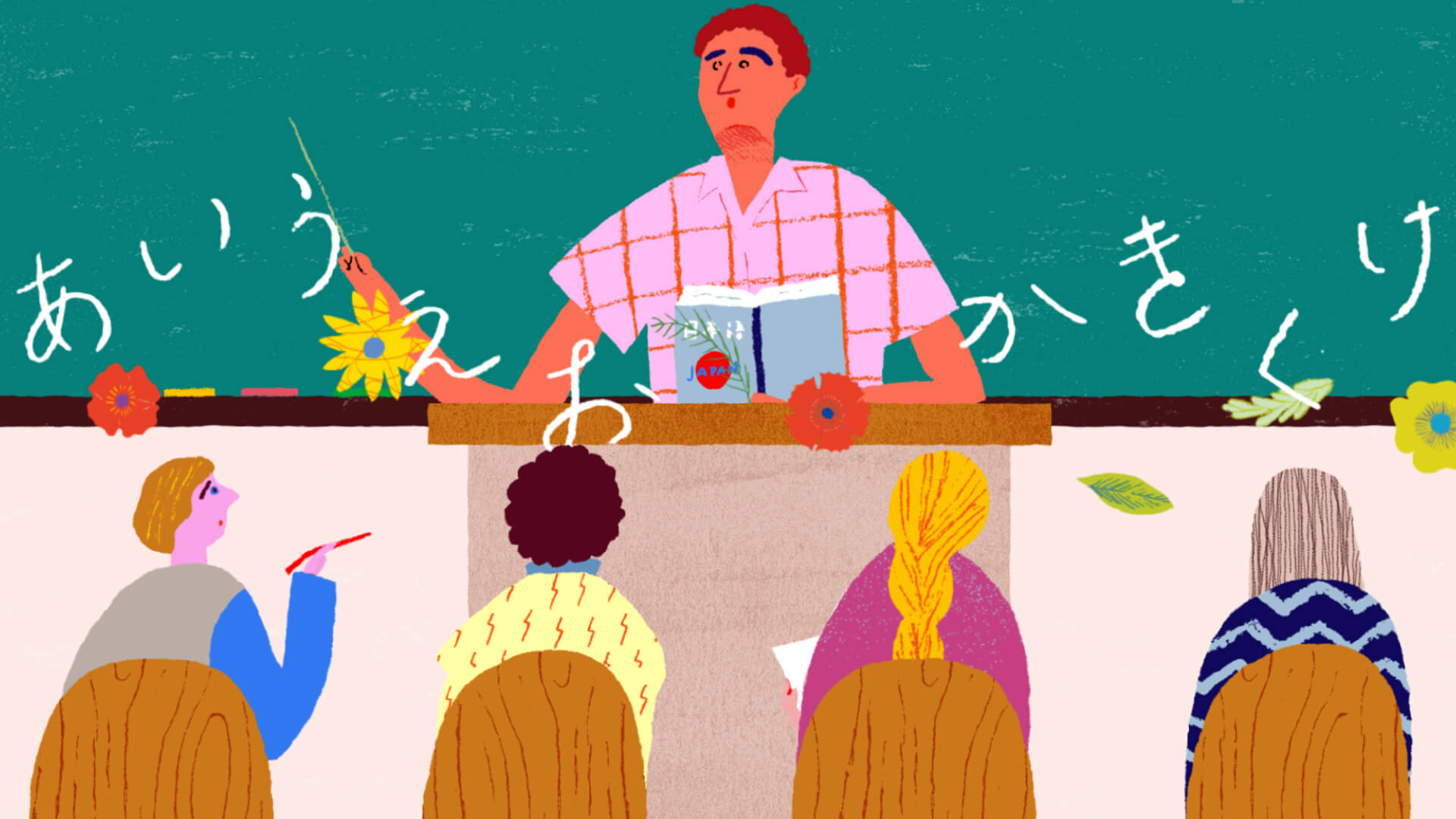
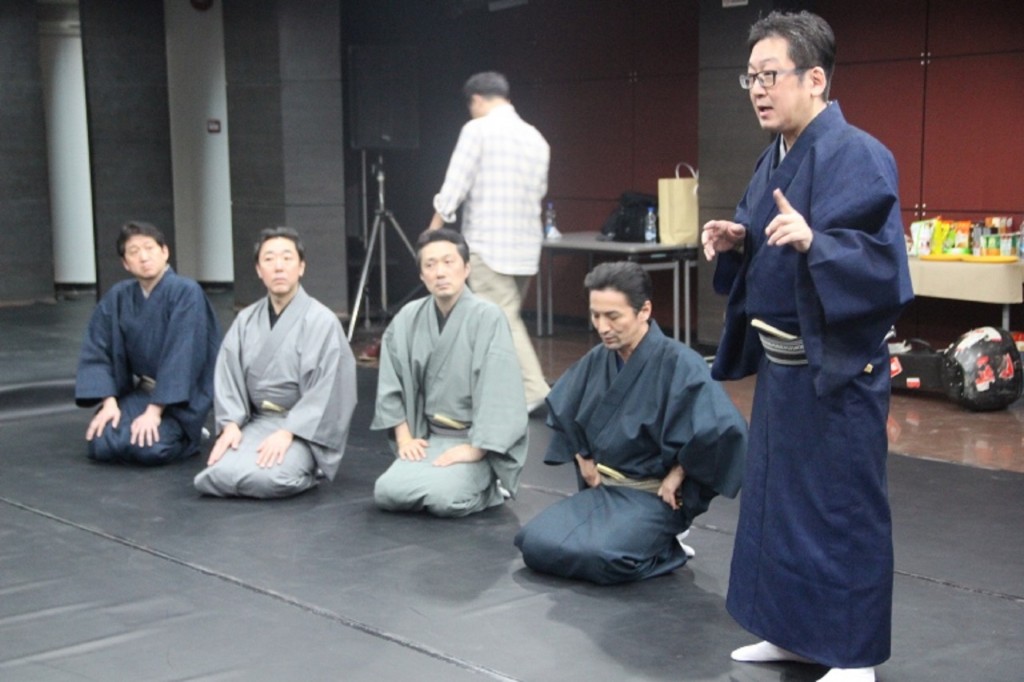
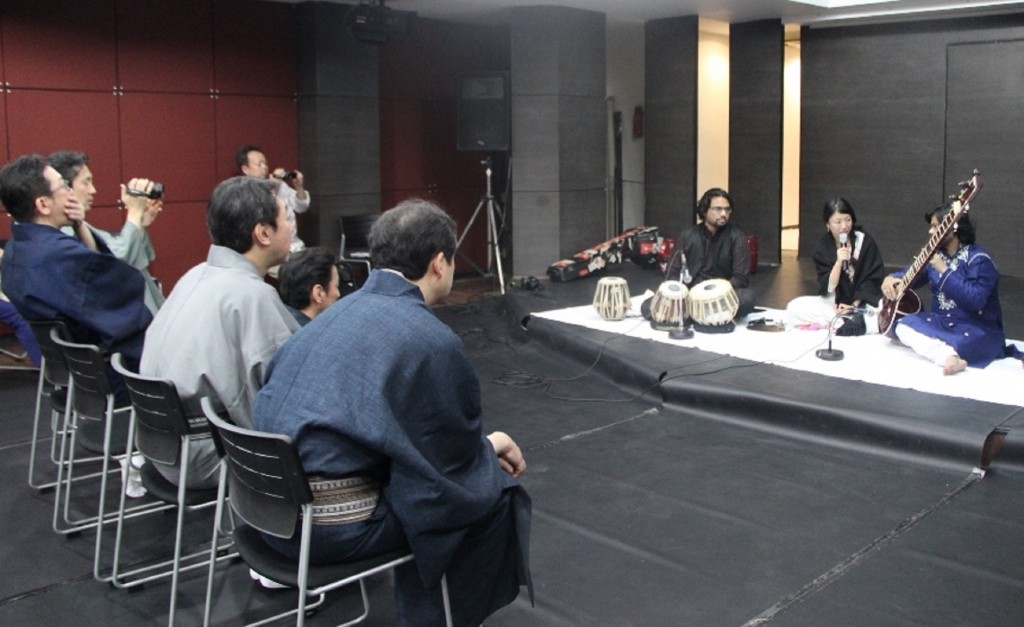
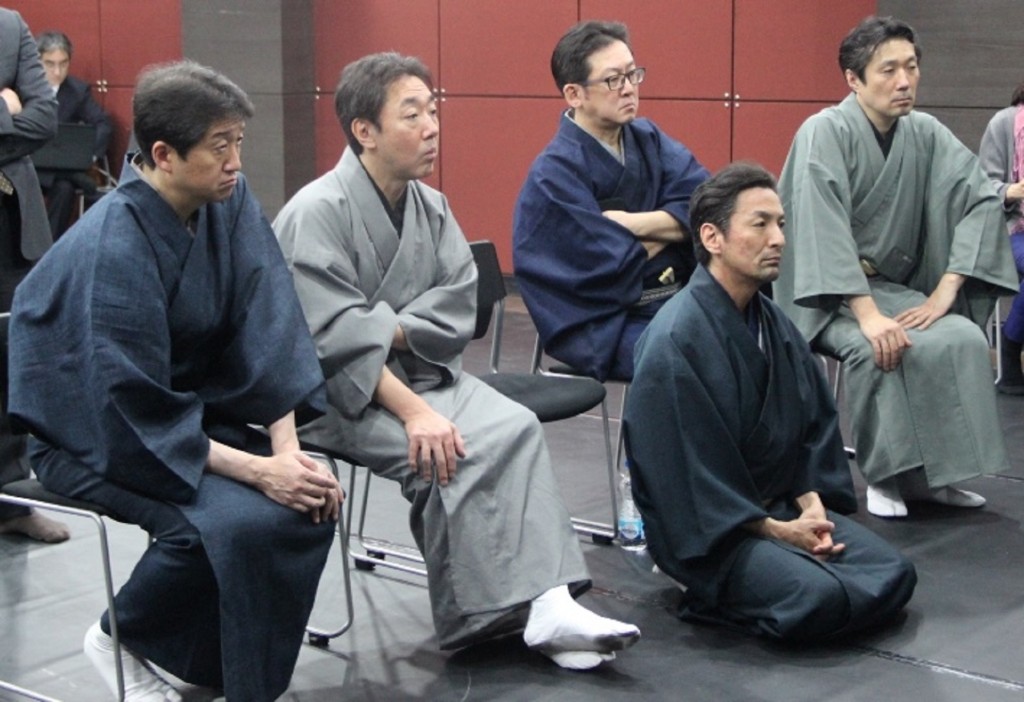
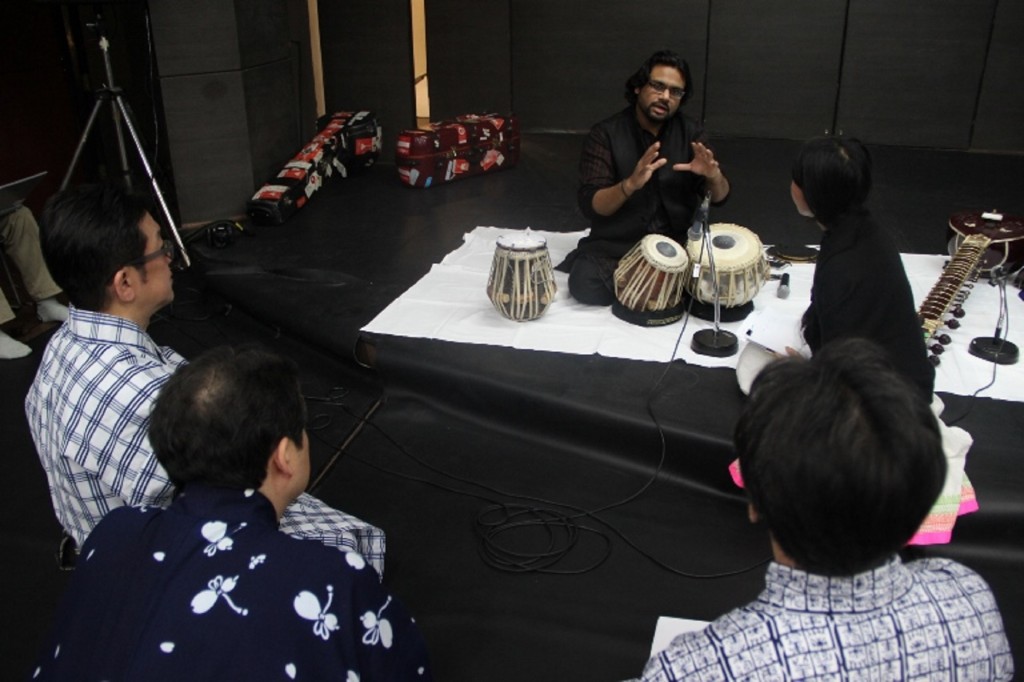
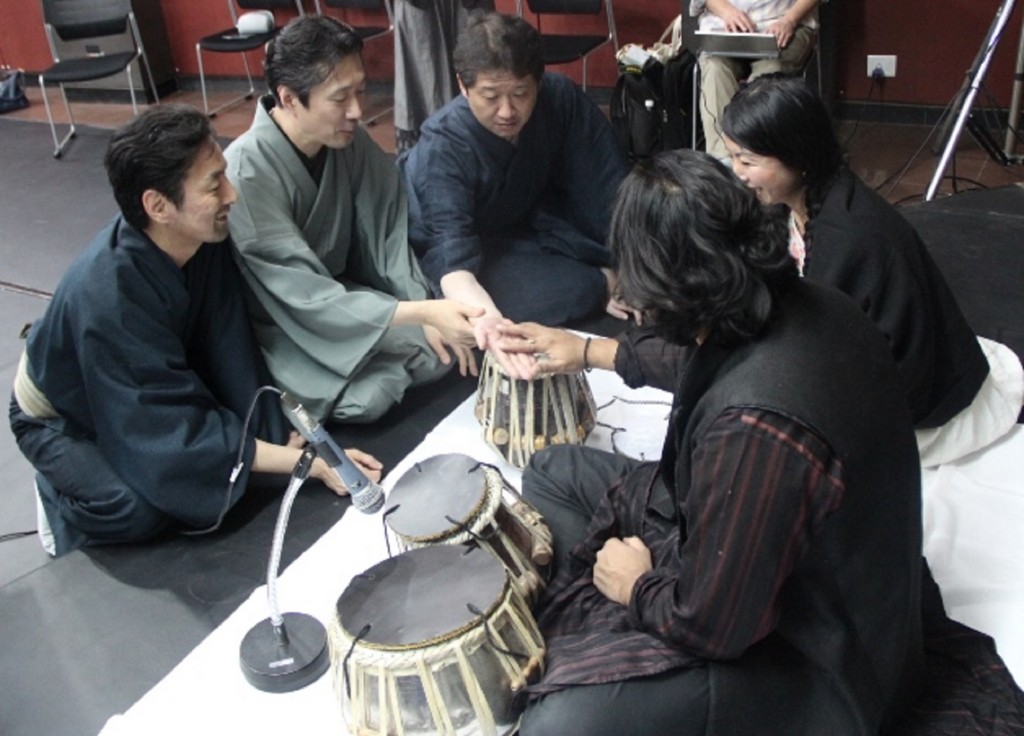
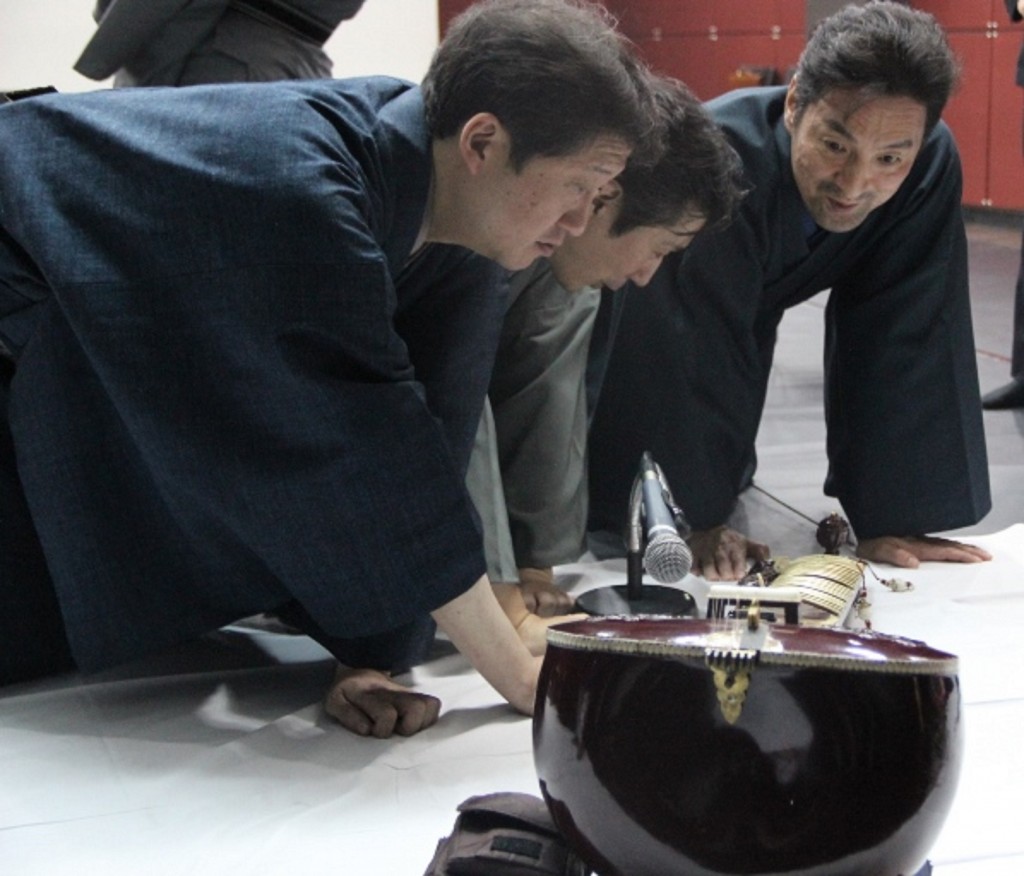
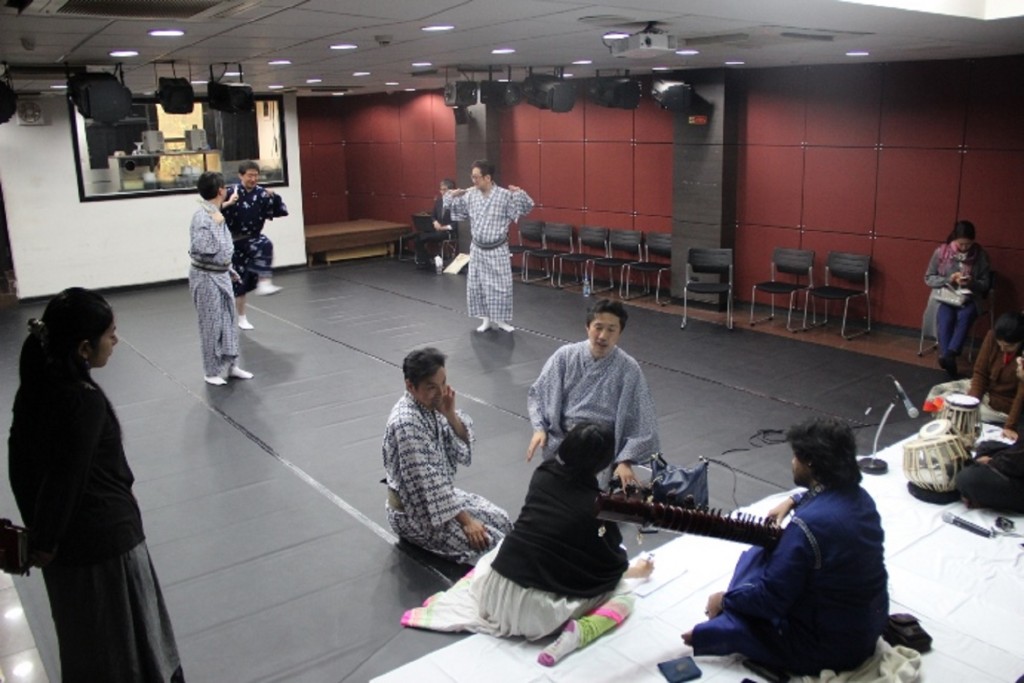
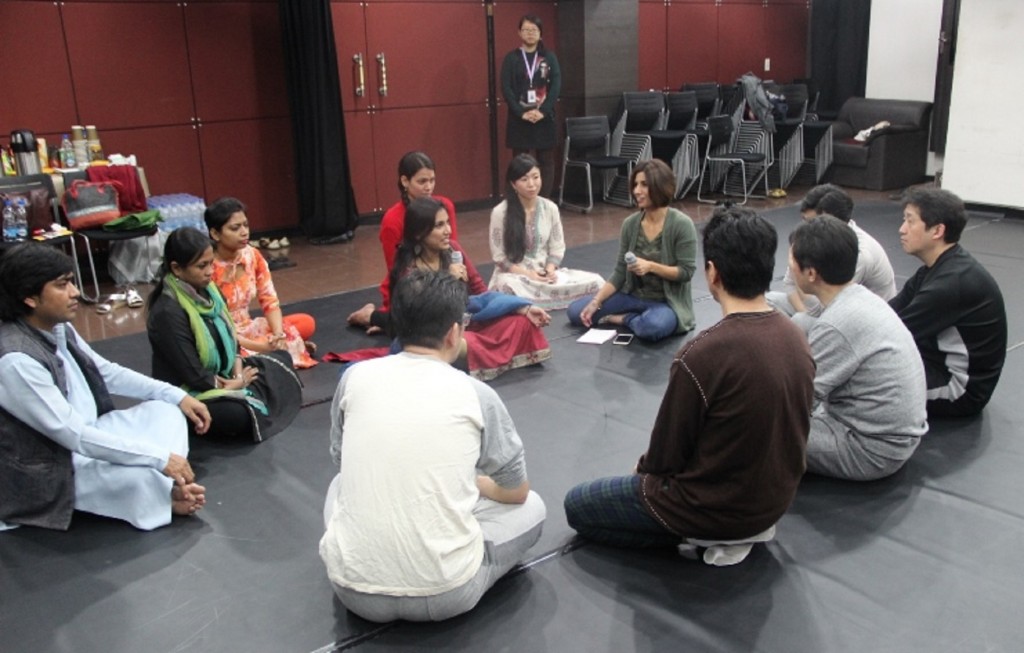
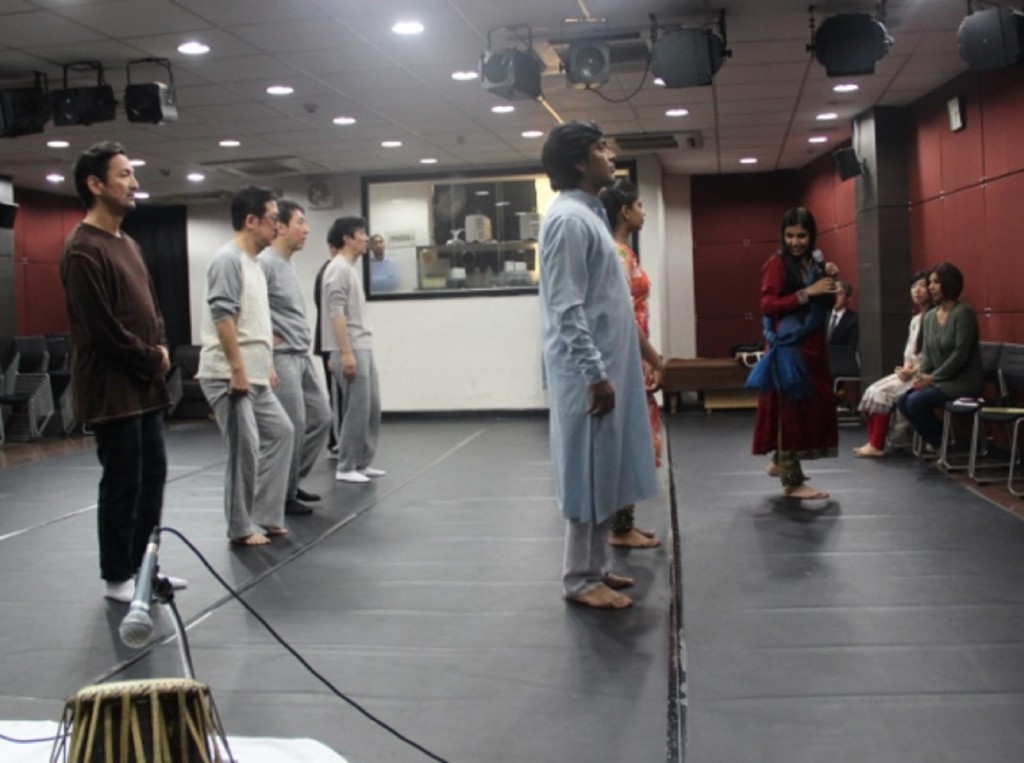
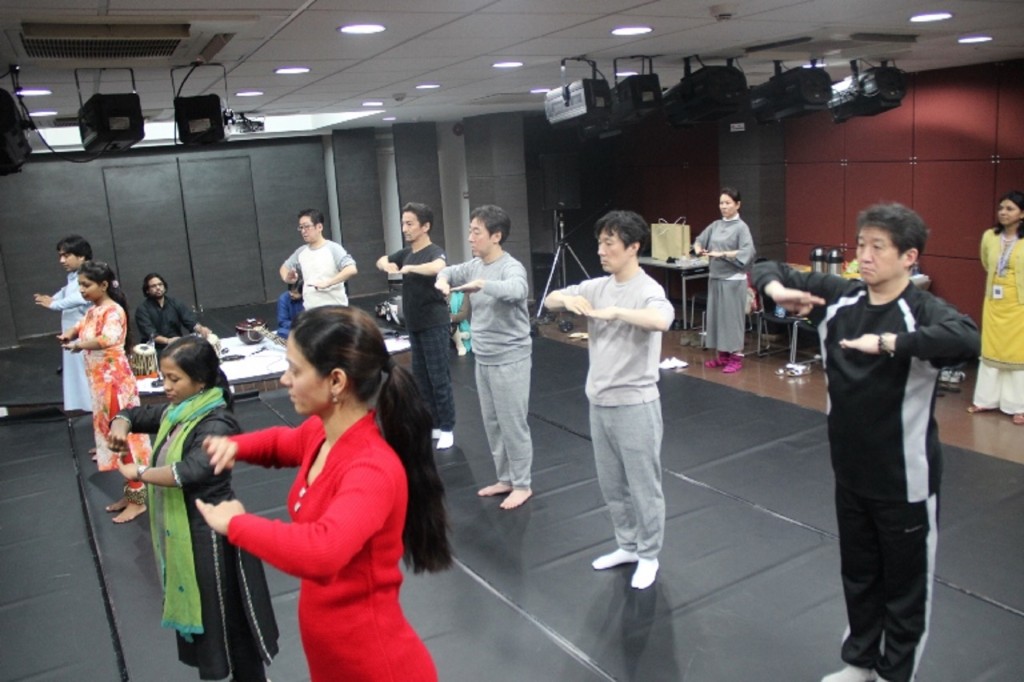
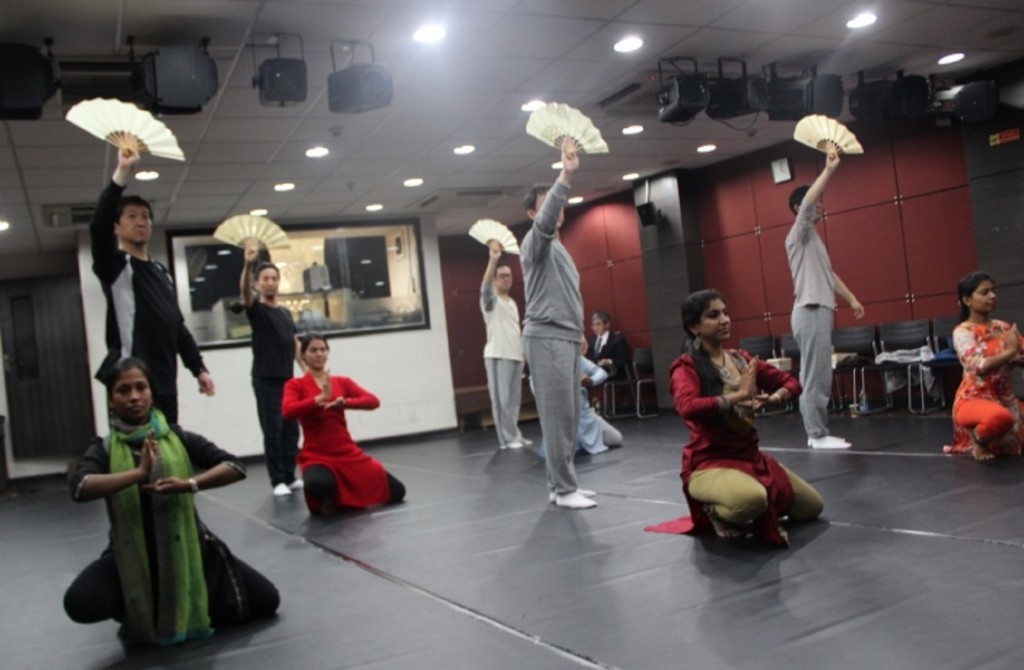
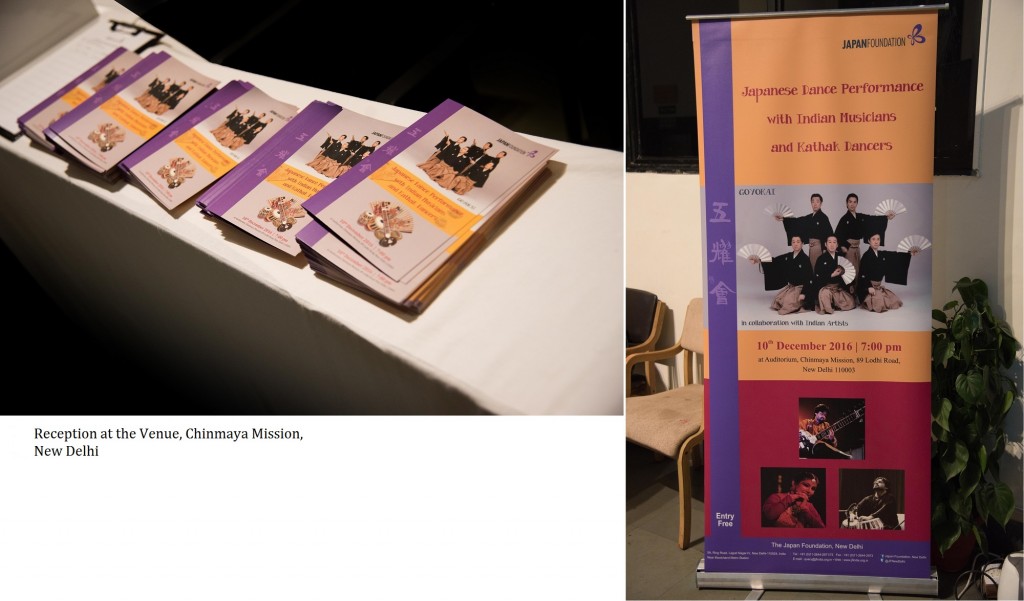
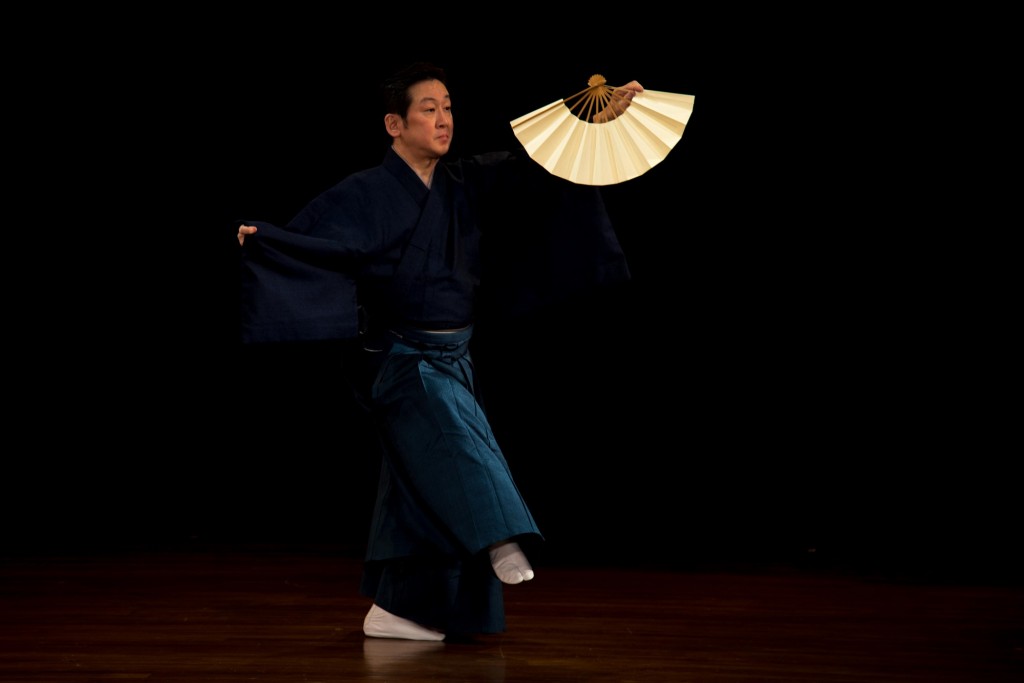
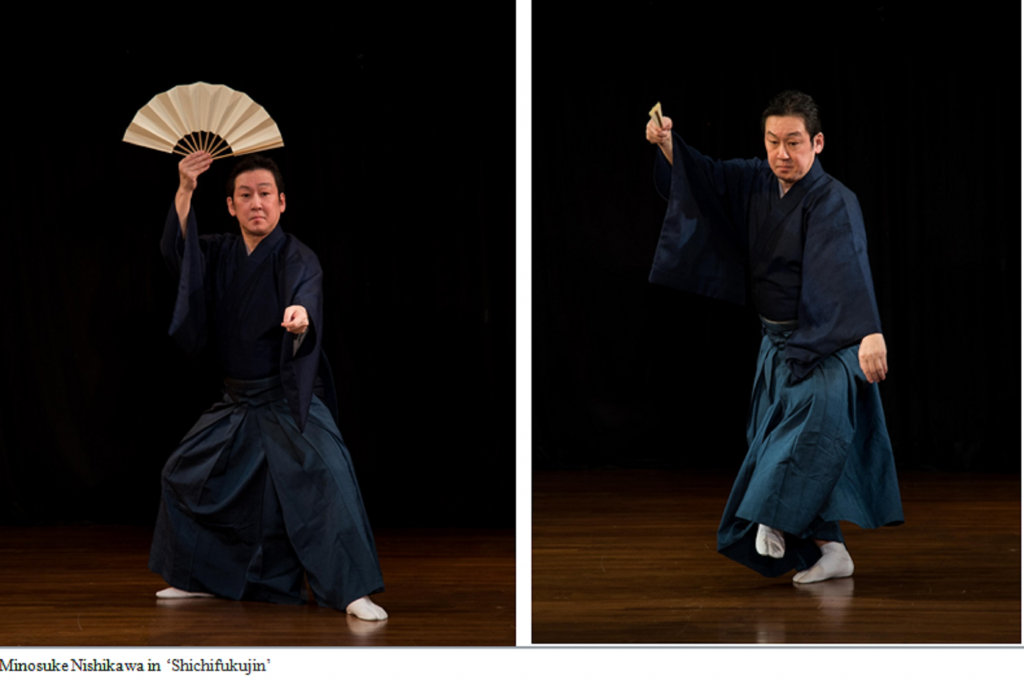
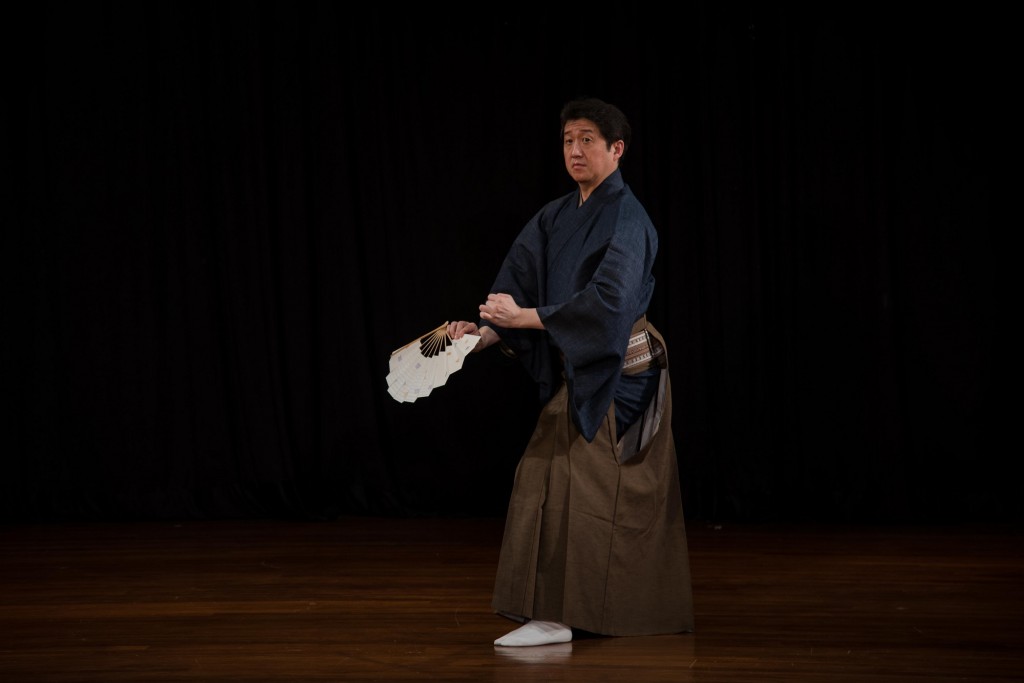
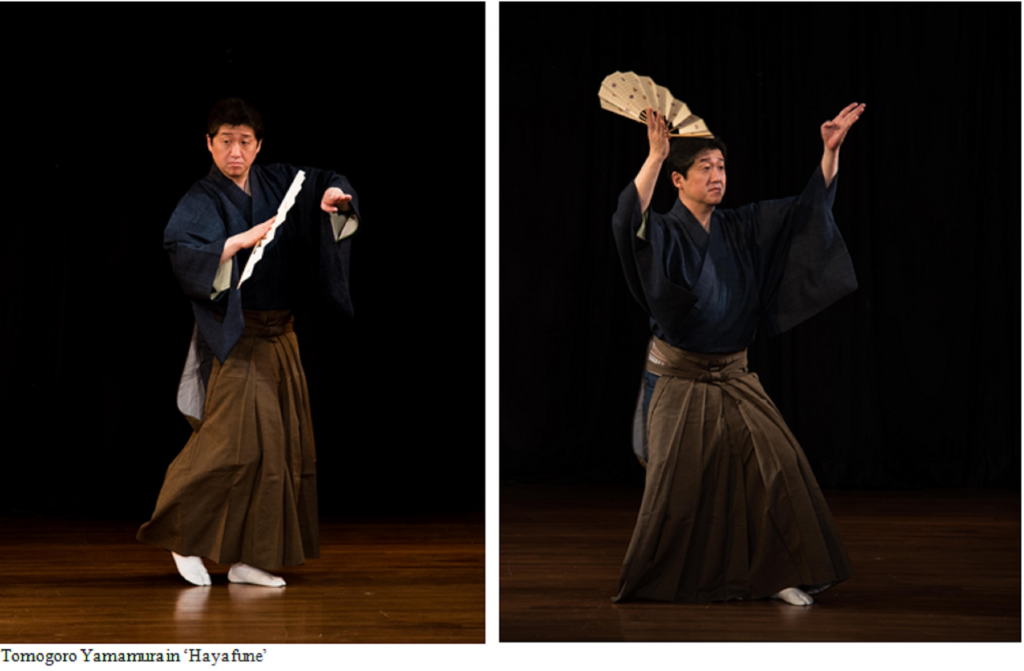
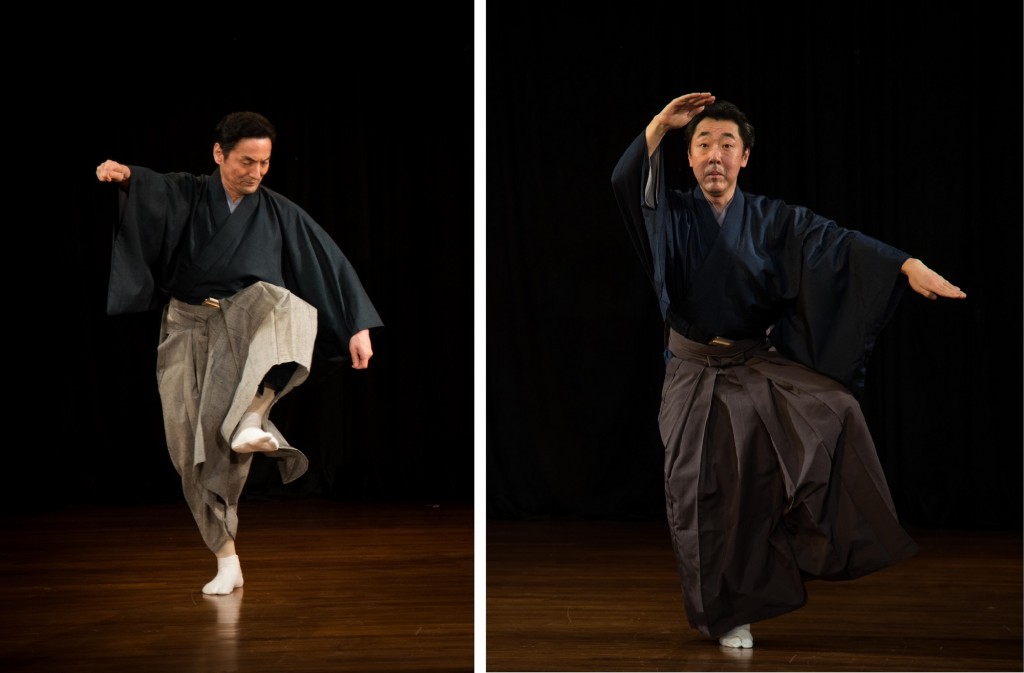
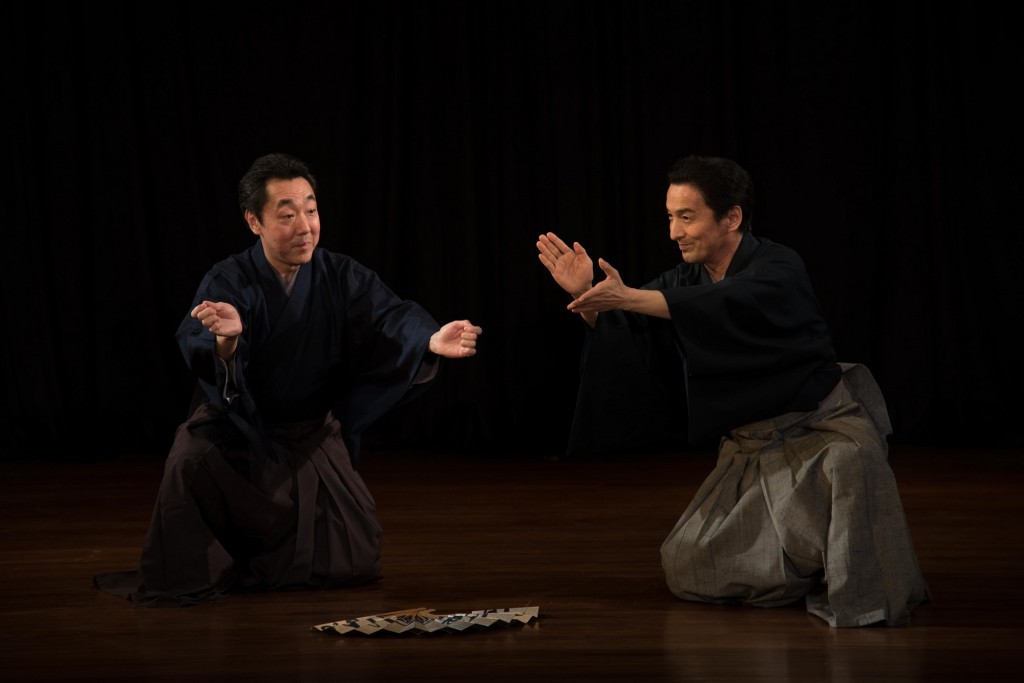
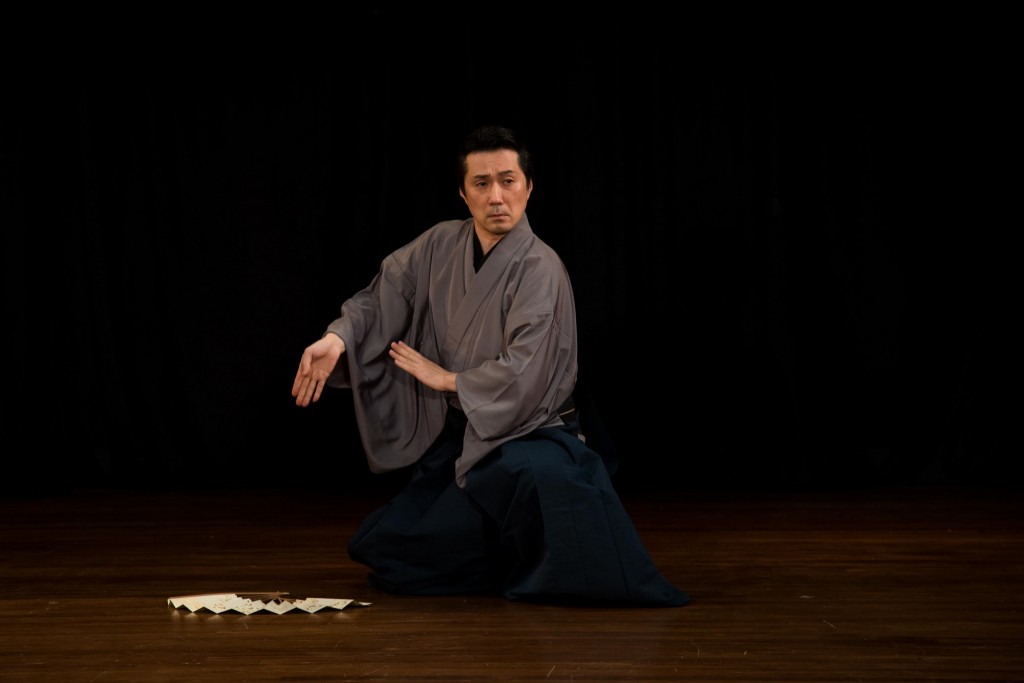
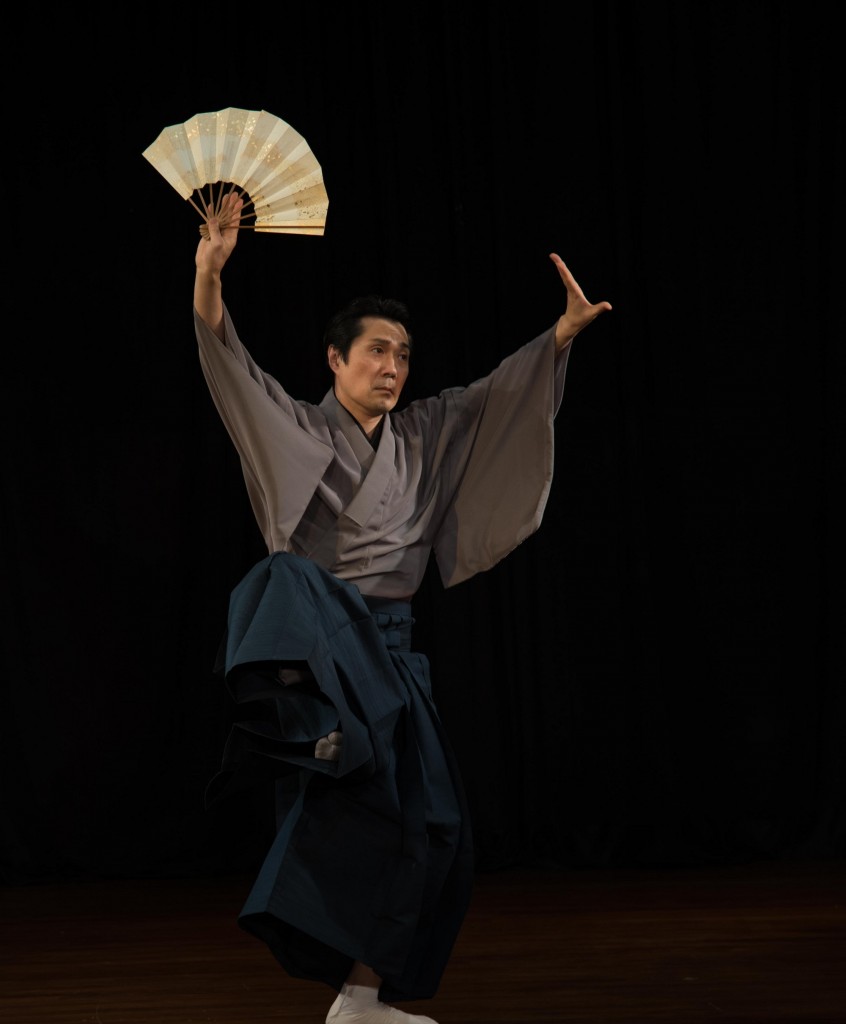
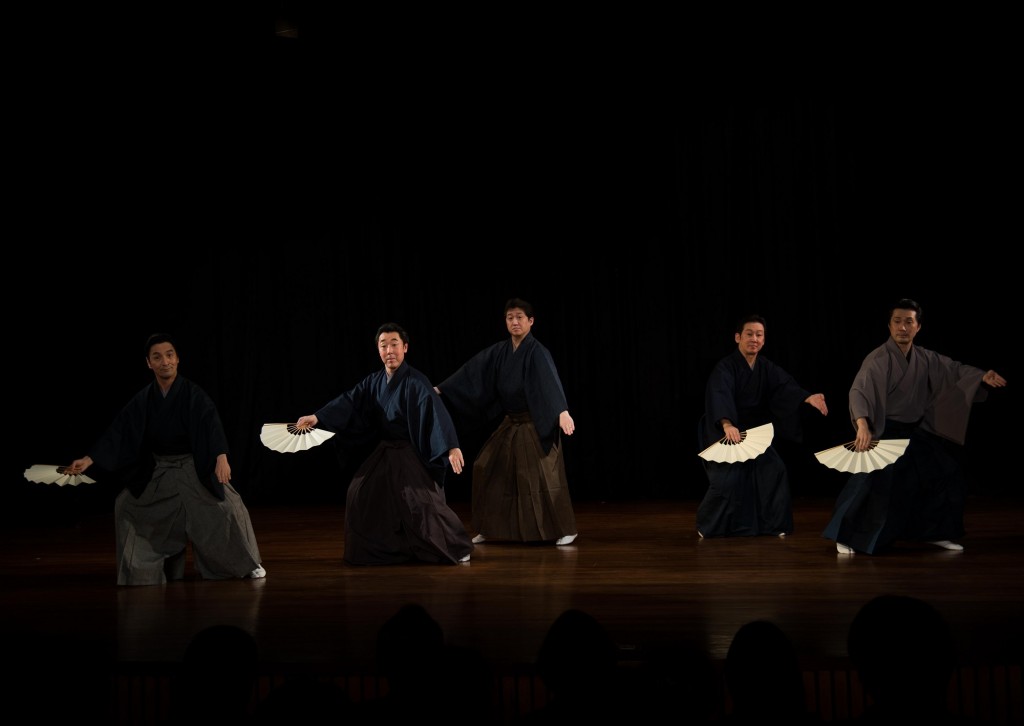
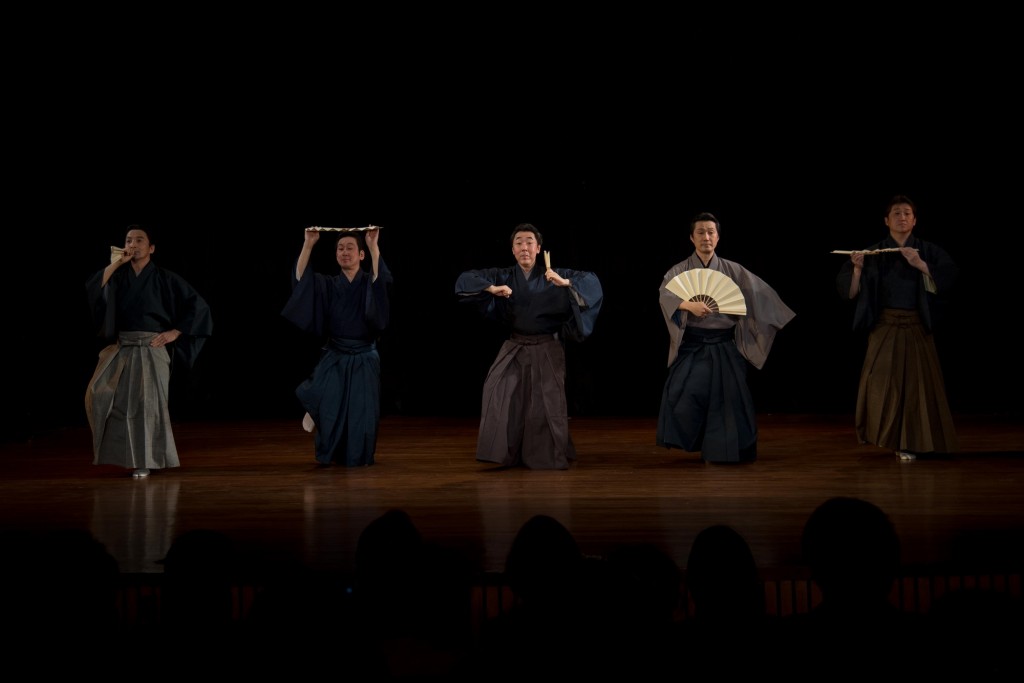
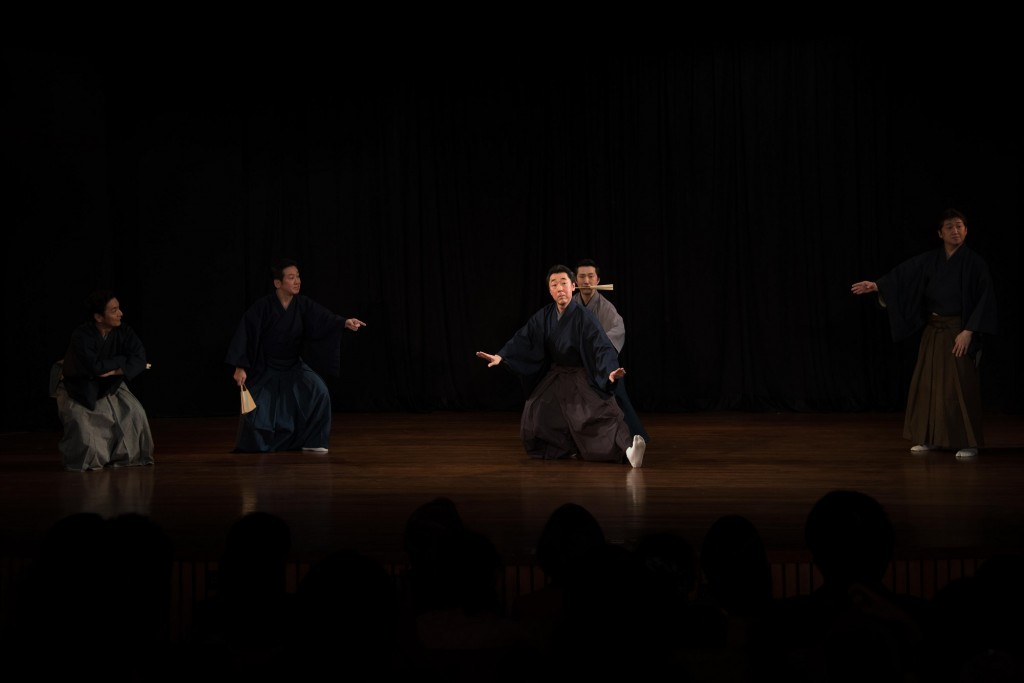

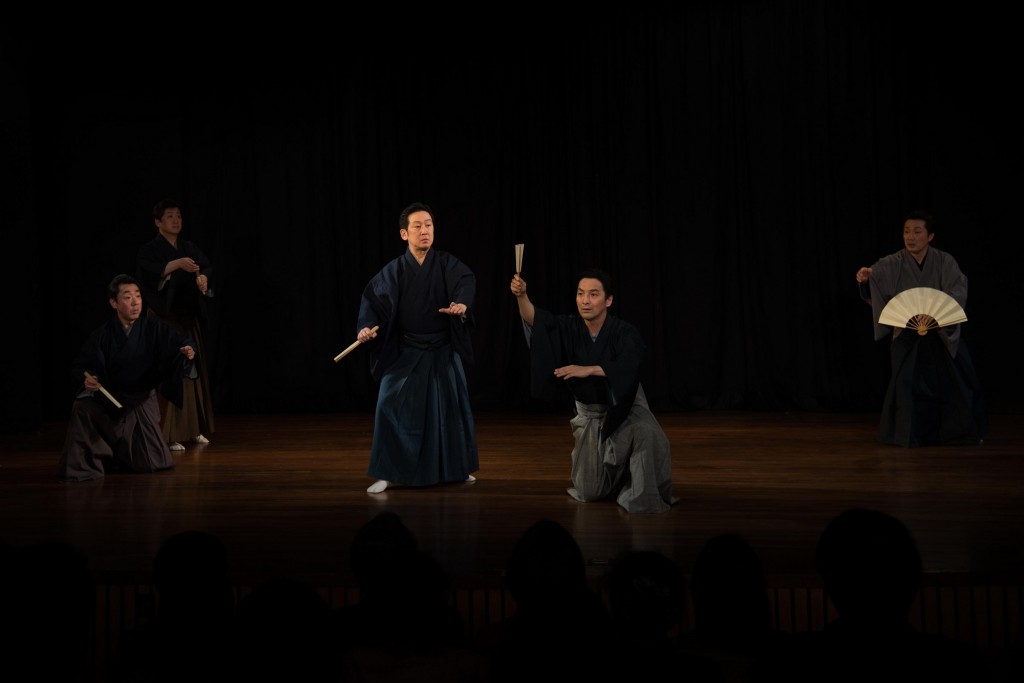
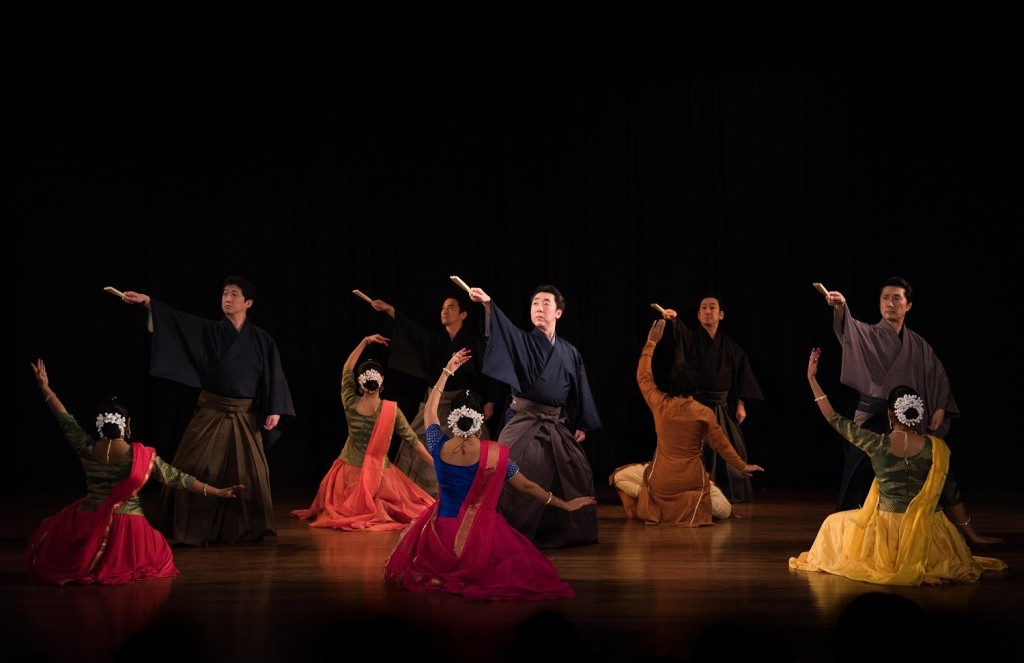
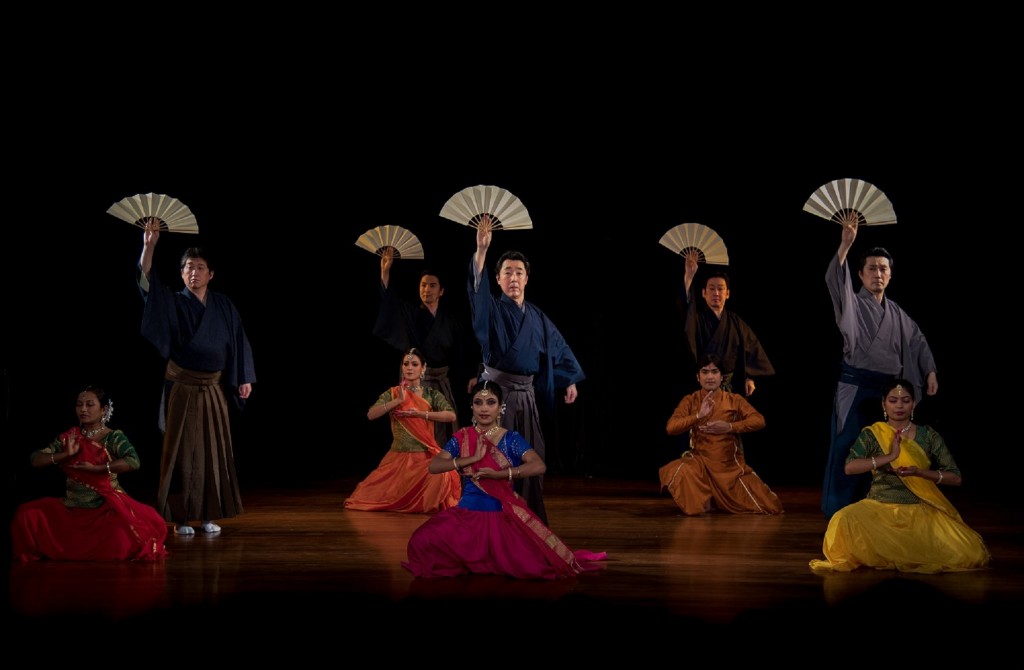
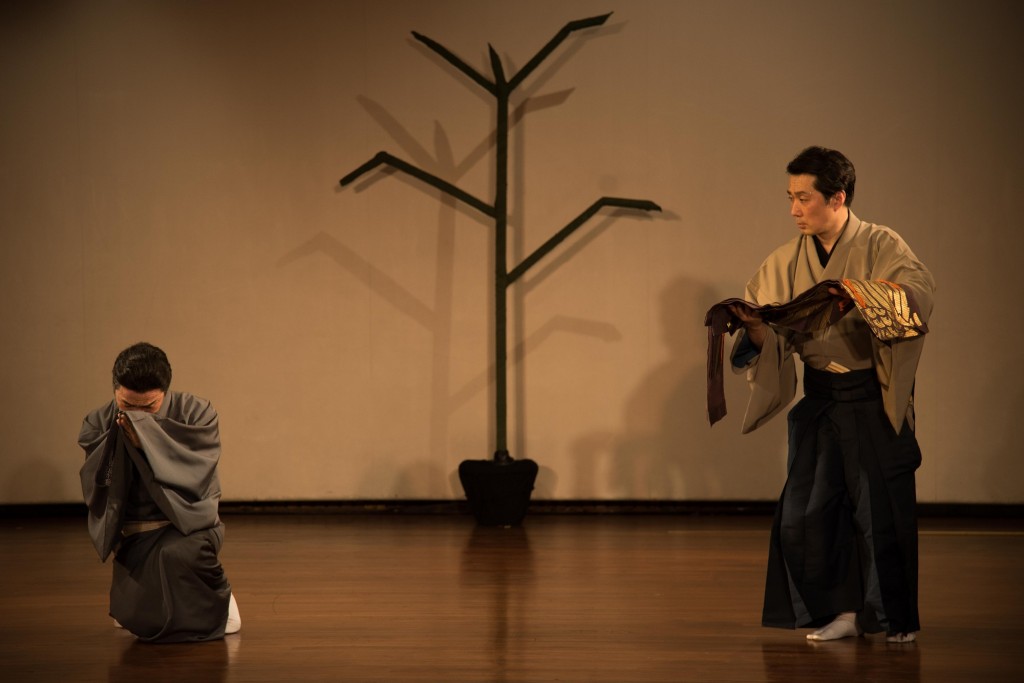
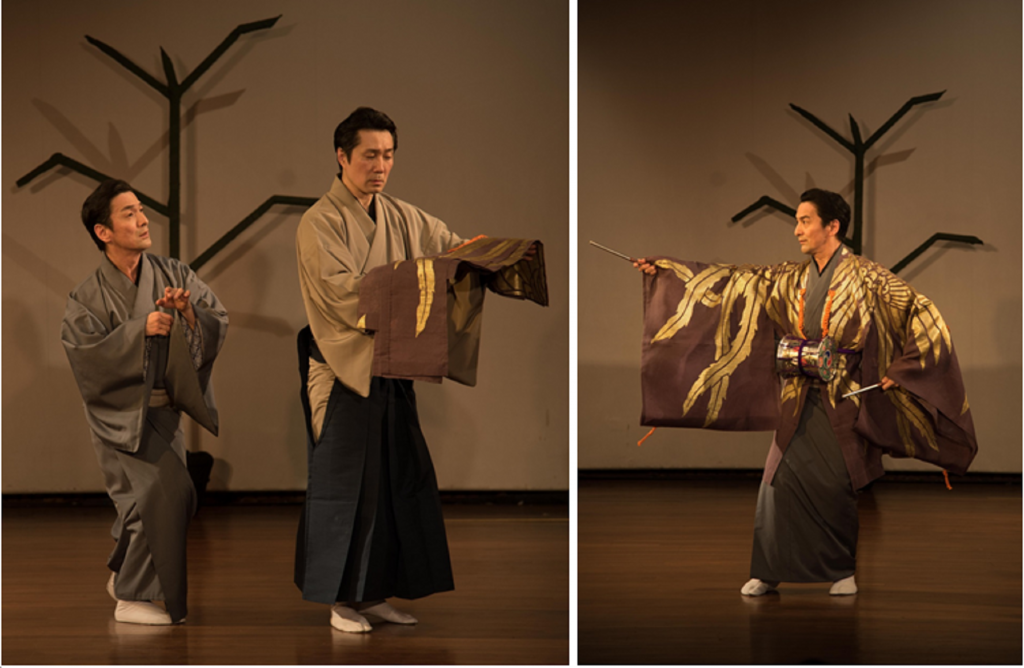
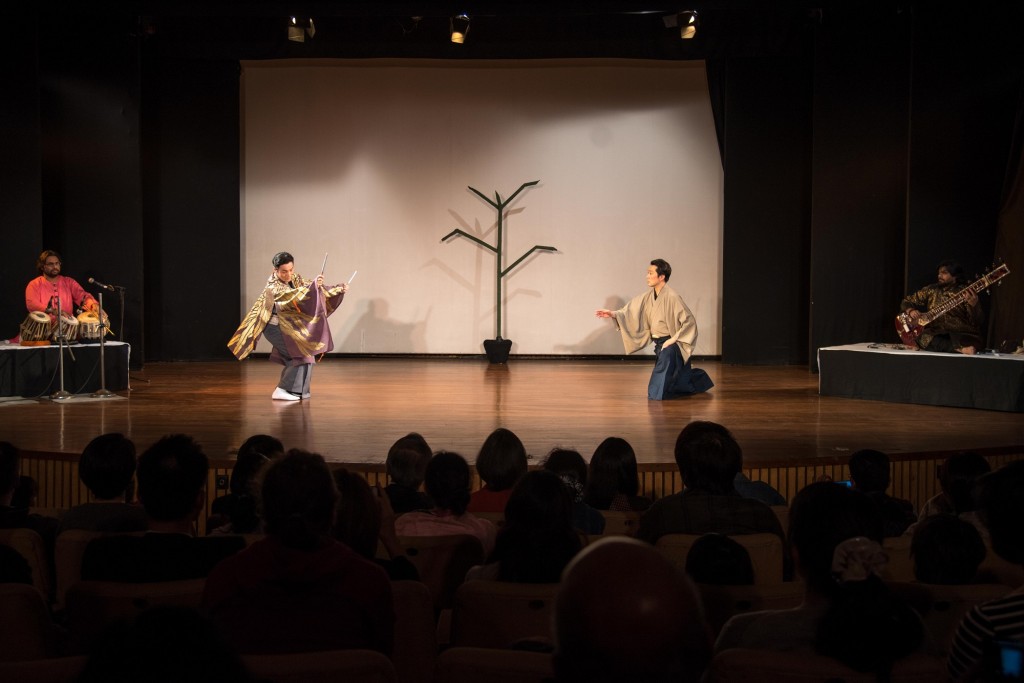
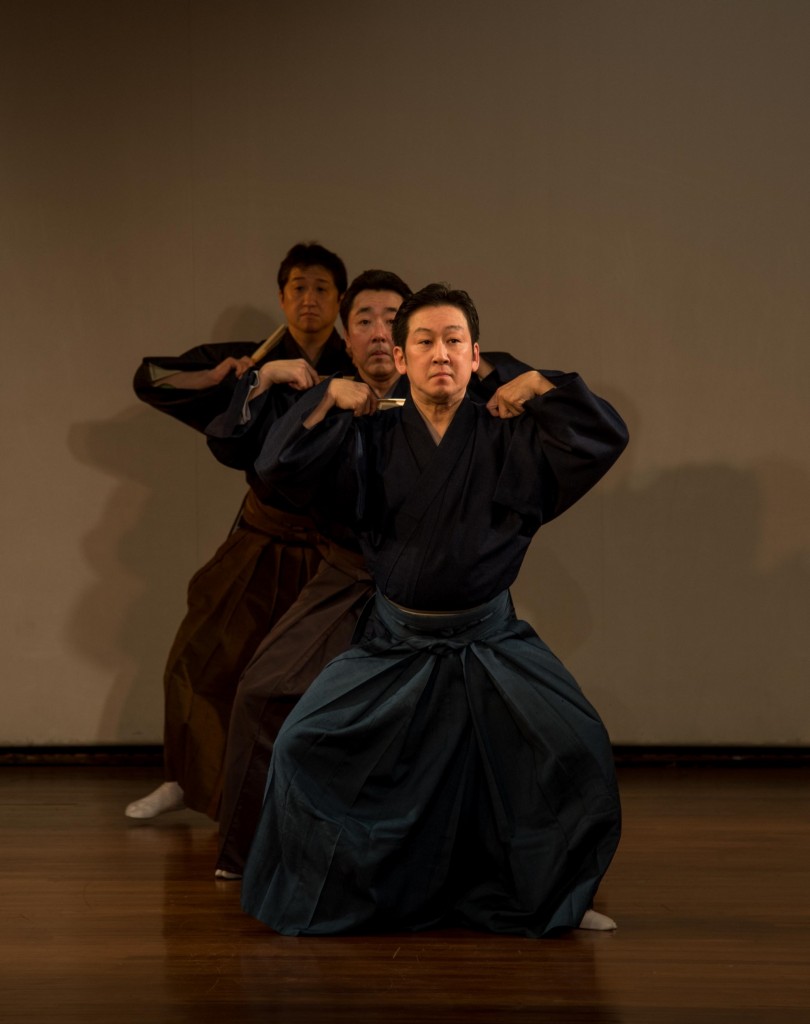
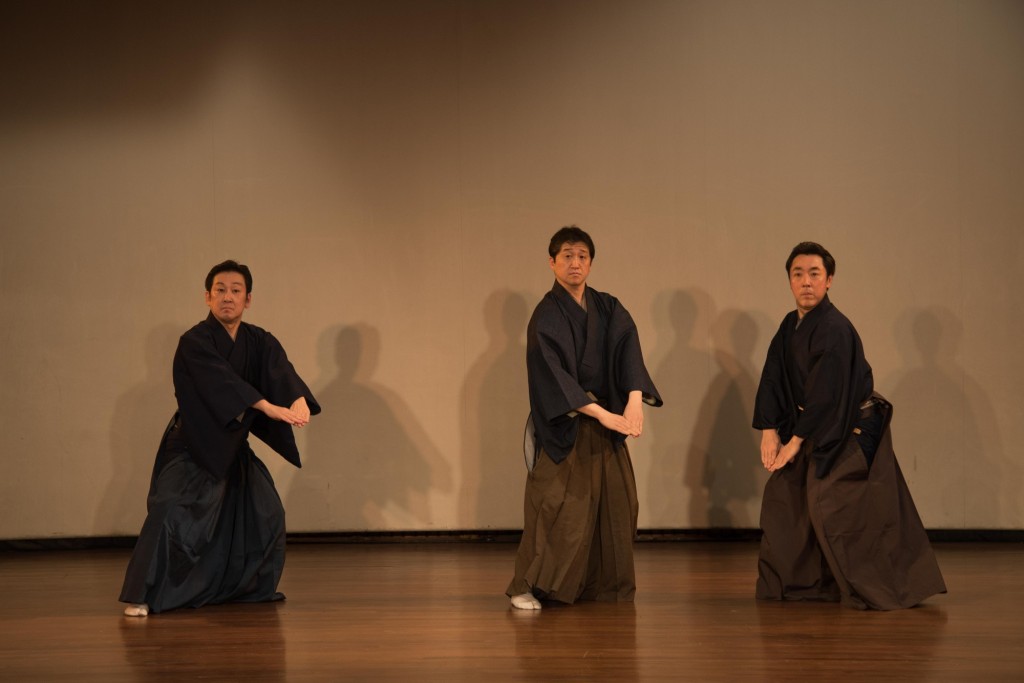
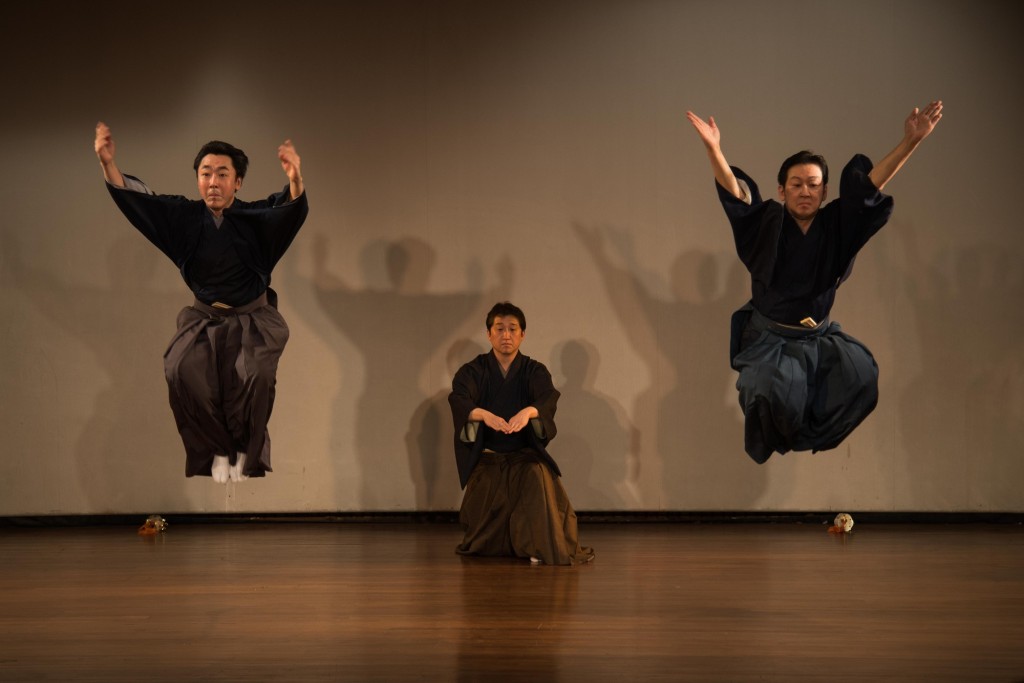
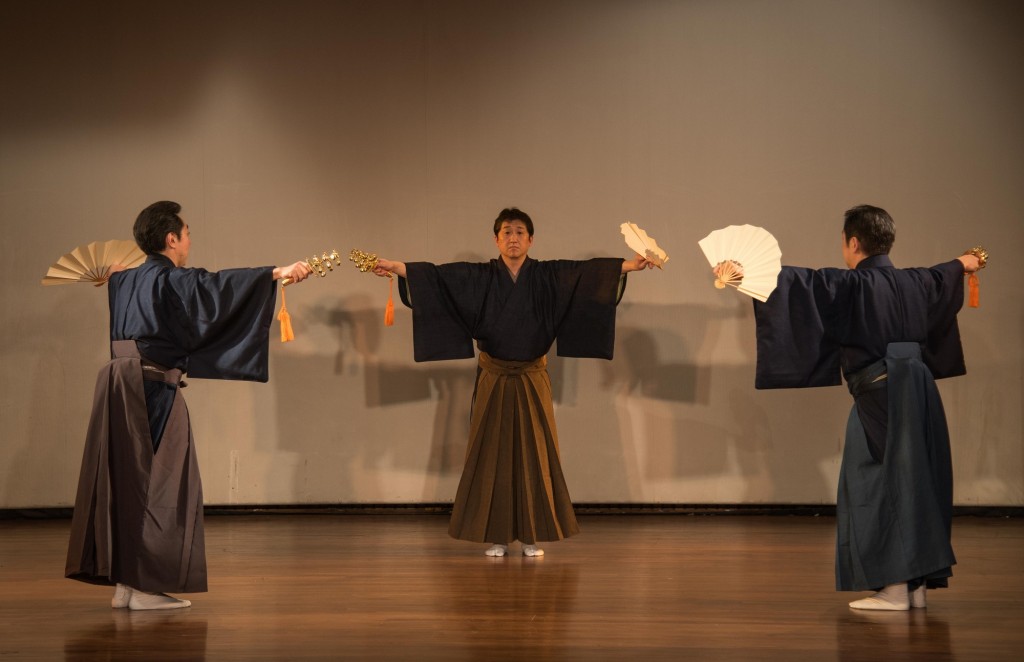
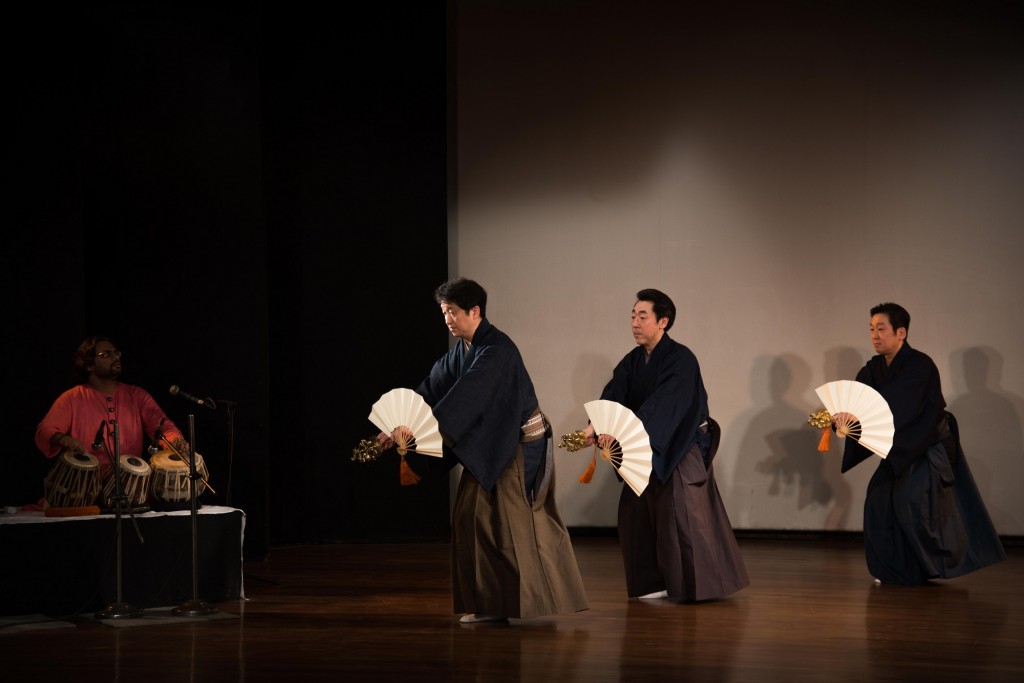

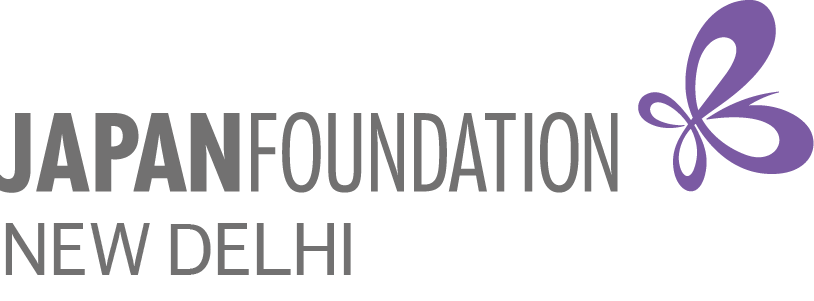 '
'